You can’t go wrong if you choose one of these towns to start exploring the deep heart of France
One of the great pleasures I’ve had in producing this blog over the years is finding good “bases” for my travels – places where I can settle in for a week or two while I go out exploring the surrounding region.
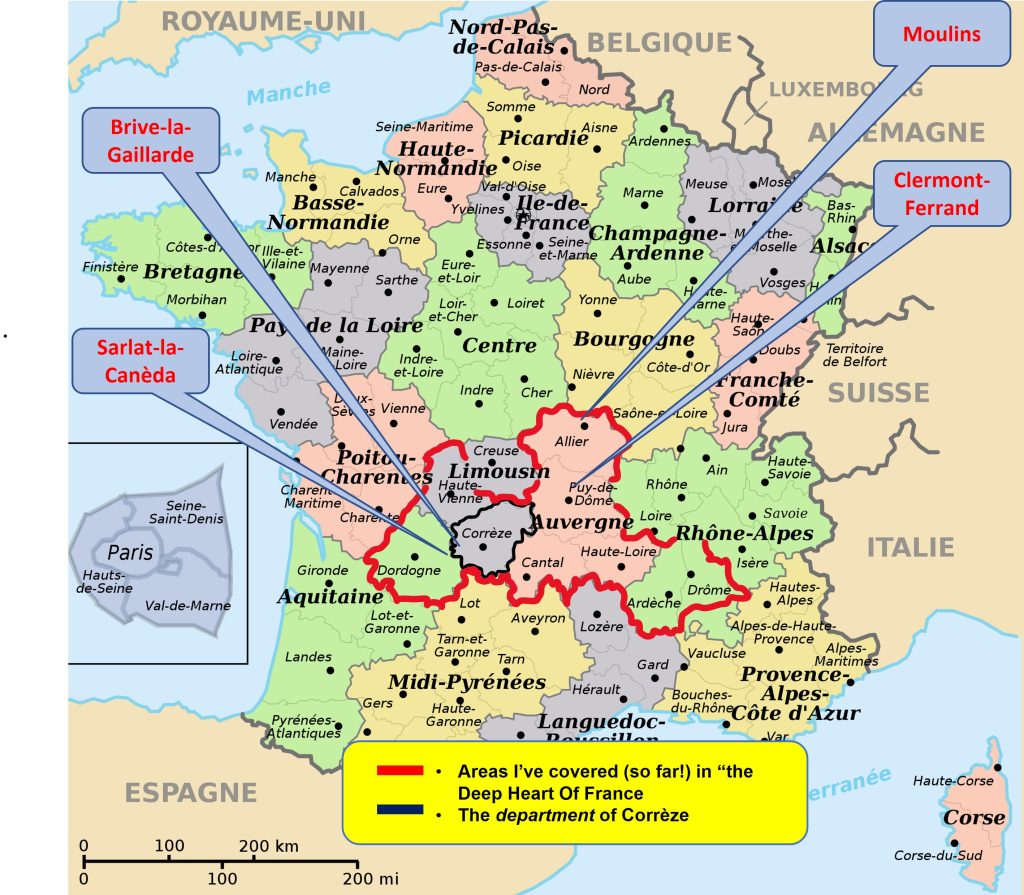
In the midst of a long trip, it’s great to unpack everything, do a little laundry, and enjoy a long evening meal with some wine without worrying about driving back to a hotel somewhere afterward. At this point, I’ve found a few towns that make good bases for seeing the deep heart of France. They are all worth visiting on their own merits, but all come with the added value of being surrounded by dense clusters of some of France’s most interesting, beautiful, and historic tourist sites. Here are three that I’ve come back to over and over again in recent years:
- My sentimental favorite will always be Clermont-Ferrand, my old “hometown” in central France (we lived there for 7 years, and I worked there regularly for 13 more). It’s the capital of the ancient Auvergne region, and there are more great sites in this area than I can count. You could start with the majestic Chaine des Puys (the only UNESCO World Heritage “Natural” site in mainland France) and its iconic volcanic peak, the Puy de Dome. From downtown Clermont, you can see the Plateau de Gergovie, where Arvernii tribesmen defeated Julius Caesar.
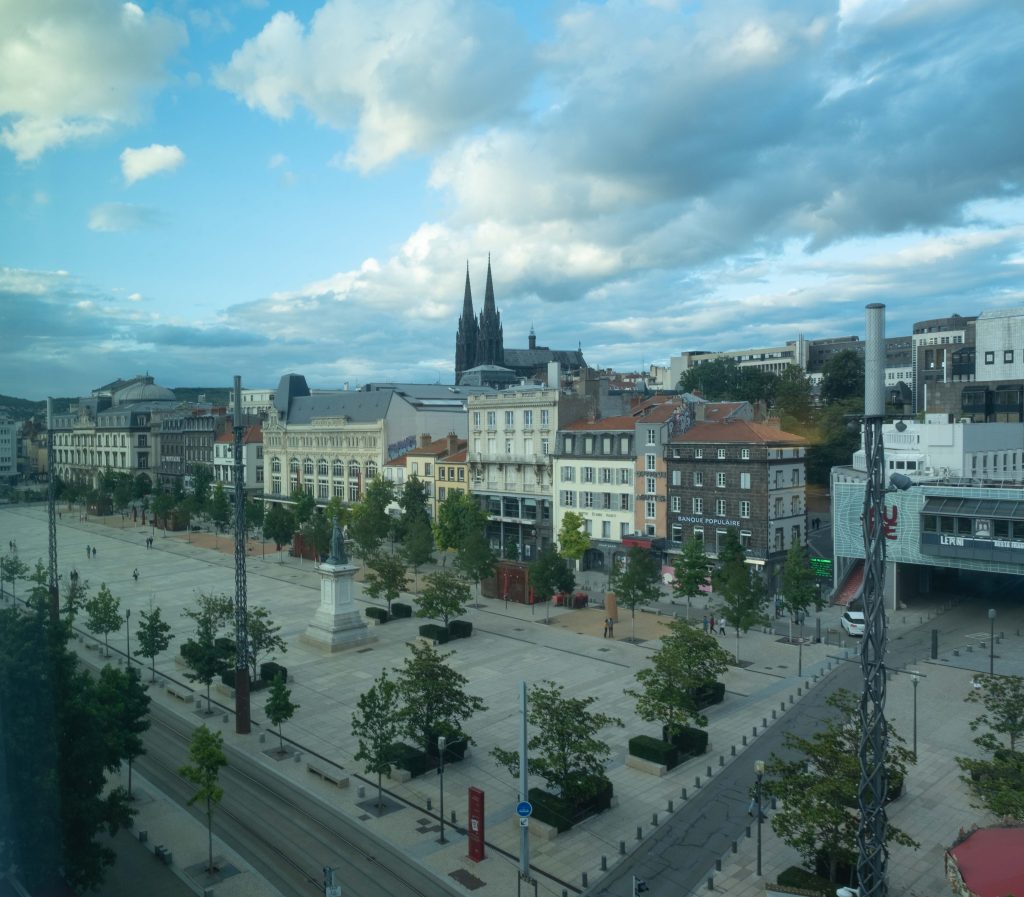
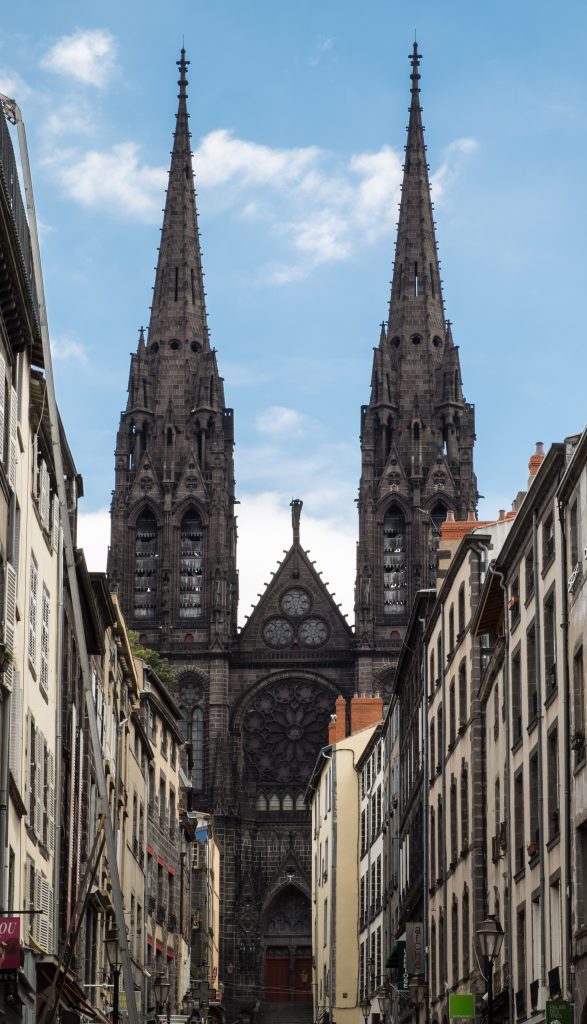
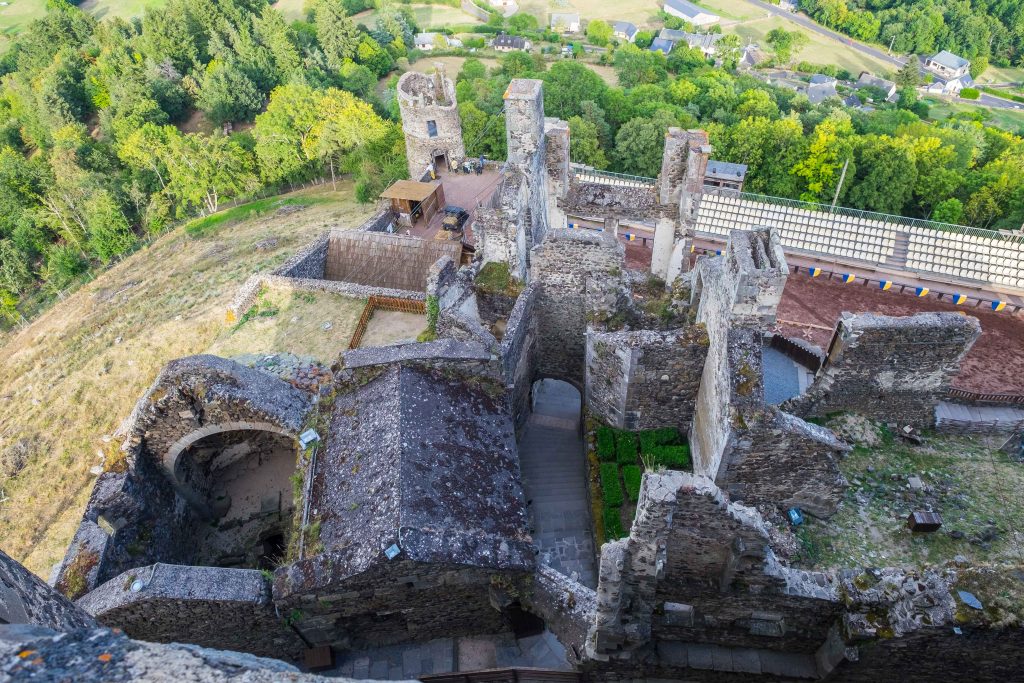
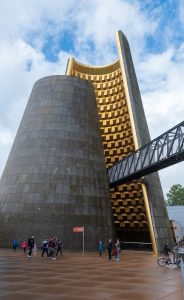
If you want more “recent” history, you can easily drive from here to Murol, absolutely one of the coolest medieval fortresses I’ve seen anywhere, or to the birthplaces of American hero Lafayette or Napoleon’s great General Desaix. It’s only 45 minutes to the UNESCO-recognized spa town of Vichy (where you can also explore the darker sides of its 20th-century history). And other short drives let you dig deeper into the region’s fiery volcanic origins at the lava quarries of Volvic or the contemporary “science experience” at Vulcania.
- You might also set settle in for a while in Moulins, one of the historic seats of the Bourbon families that ruled France for centuries. From this base, you can easily get to Montlucon (the largest town in the Bourbonnais, with one of the finest museums devoted to popular music to be found anywhere). You can also drive to the Chateau de Billy to see the most ancient roots of the Bourbon family, or to their first capital at Souvigny, and there’s a beautiful little Romanesque church with a funny secret at Saint Menoux. (In fact, I have very positive memories of Moulins thanks especially to one of the most pleasant dinners I ever enjoyed in my travels in France.)
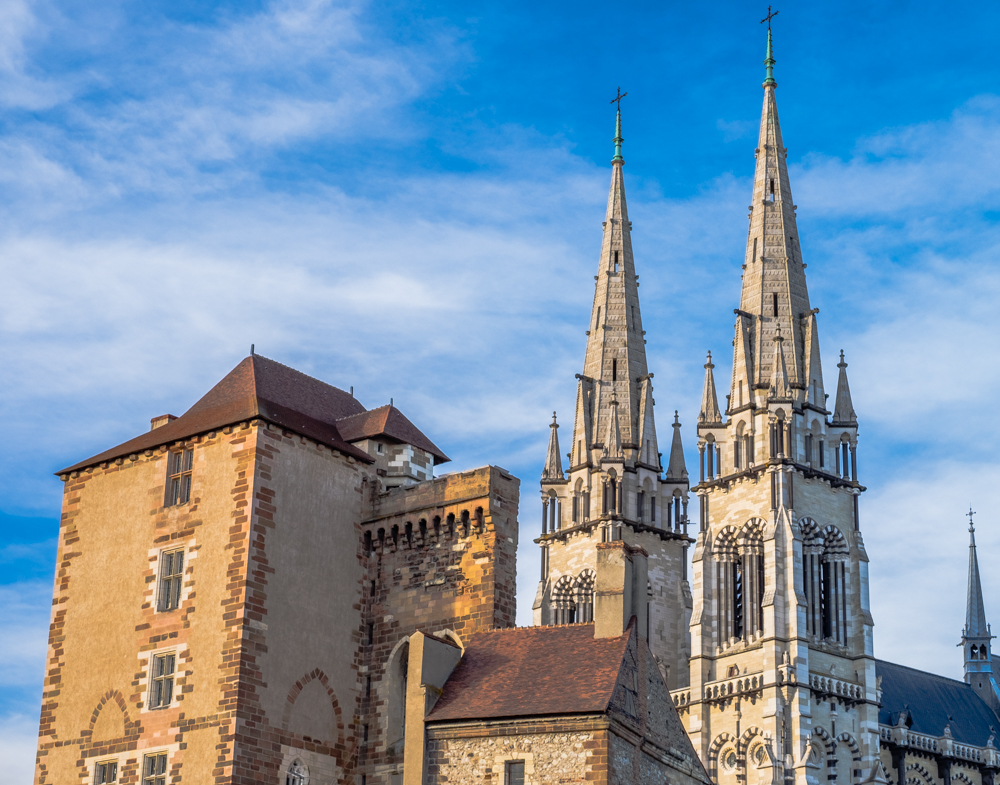
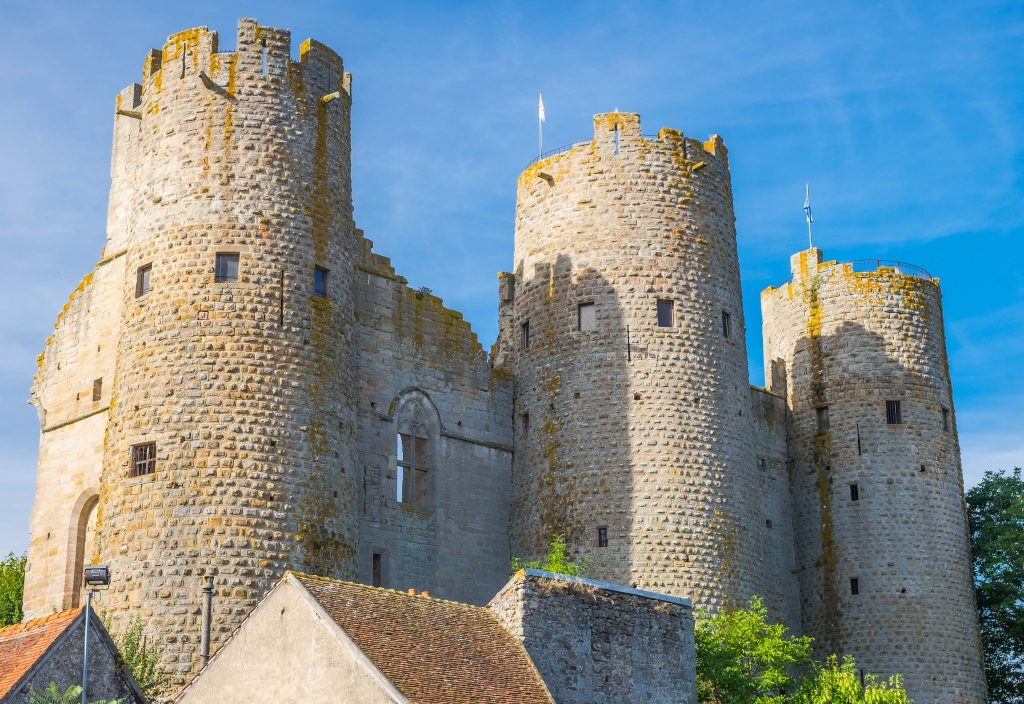
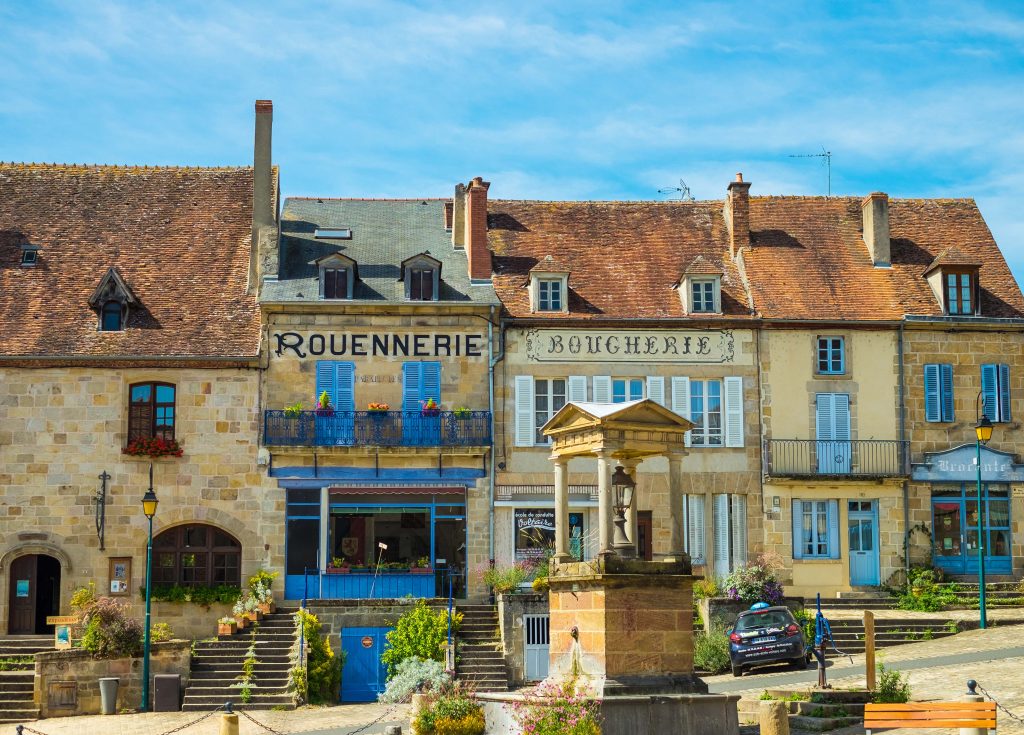
- My third "base" town is no secret to most travelers: Sarlat-le-Canéda is so rich in nearby places to visit and so attractive to tourists that on a summer day you can hear more people speaking English than French as you walk through its ancient outdoor market. From here, it’s an easy drive to at least eight of the towns on the official list of “Most Beautiful Villages in France” (including Collonges-la-Rouge, the place that launched the whole idea). Two of those plus beaux villages – Beynac and Castelnaud-la-Chapelle – are among the most historic and impressive fortified castles you can see anywhere in the country. If you like beautiful gardens, two of the best are at Marqueyssac and Eyrignac. This is also the region in France that has been inhabited since the earliest humans settled in Europe – and from a base in Sarlat you’re only 30 minutes from both the “world capital of prehistory” at Les Eyzies, and the 5,000-year-old caves of La Madeleine.
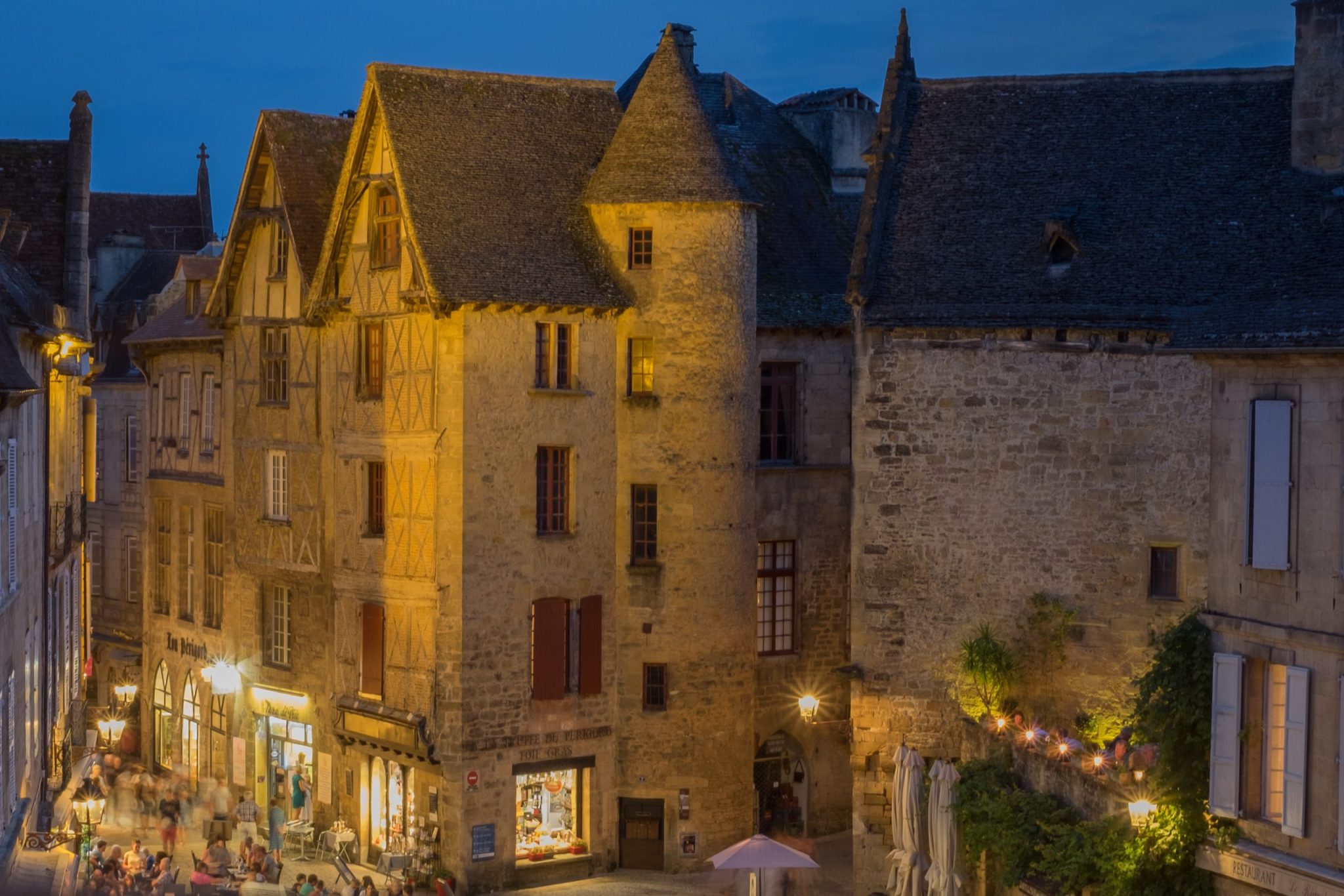
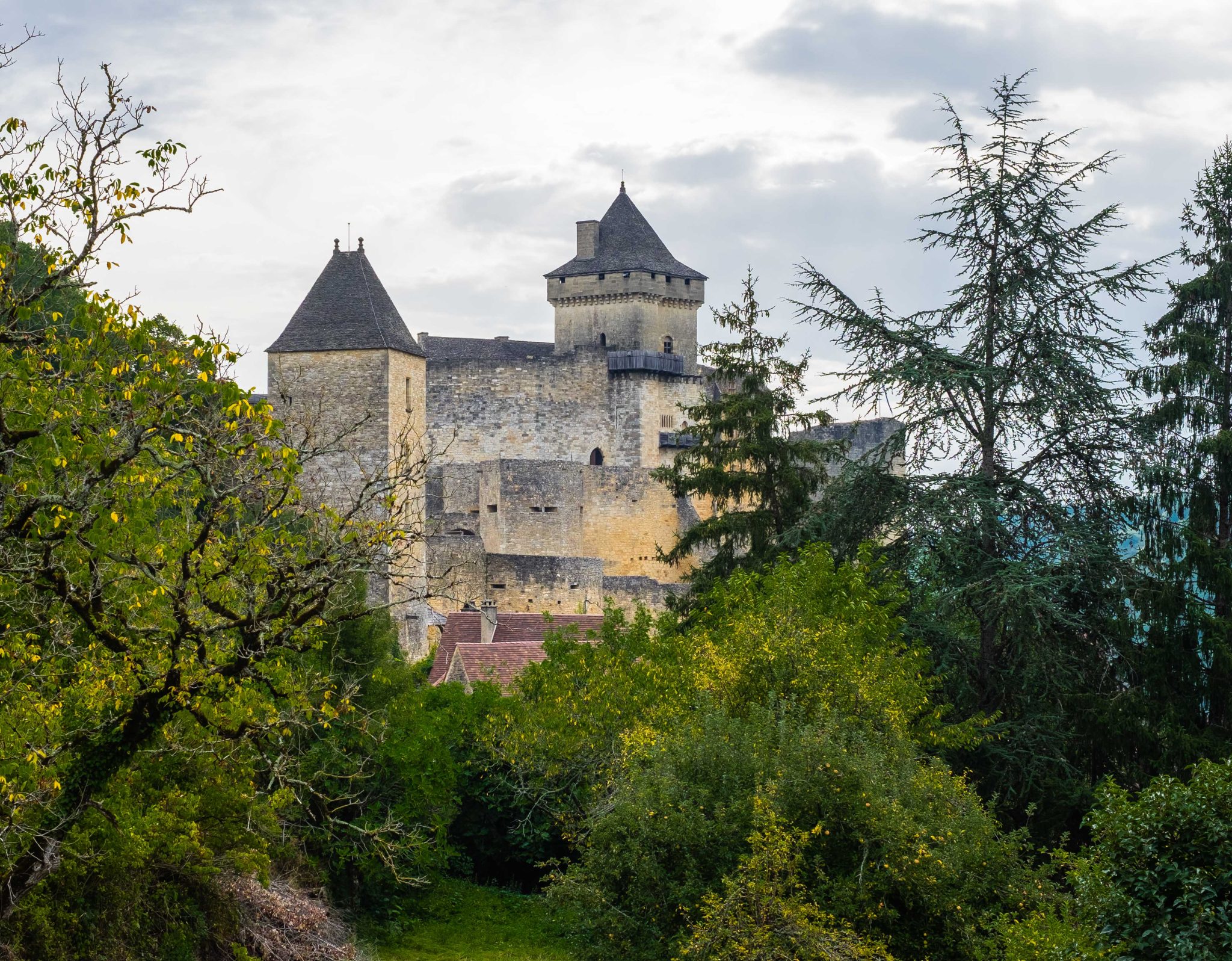
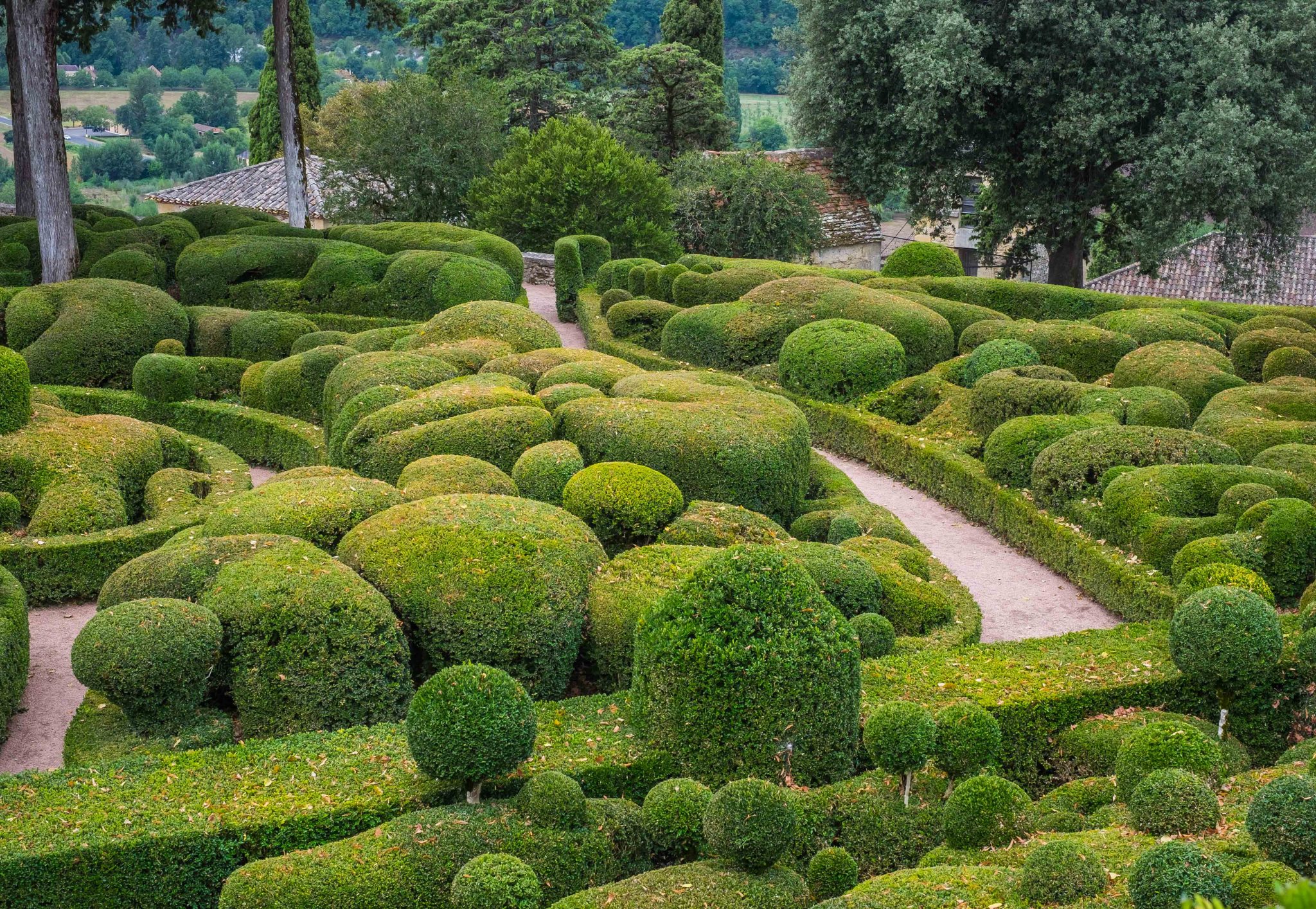
Over time, I’ve spent months in these three cities and used them to start exploring the areas around them…and, in recent years, I’ve added one more great “base” town to this list: Brive-la-Gaillarde is not the capital of the Corrèze (that would be Tulle), but it is the largest city in the area and a perfect place to stay while you’re exploring the incredibly rich history and wilderness beauty of this departement. It’s an underexplored region, one that’s “off the beaten path” for most non-French tourists (and even for a great many French people); here’s why I think it’s important to see, and why Brive makes a good place to start your travels.
Why visit Brive-la-Gaillarde?
The town is an interesting destination on its own merits. Like so many places in this part of France, it bears evidence that it was inhabited from the earliest days of human habitation in Europe, at least 30,000 years B.C. The Romans knew about it – they called it Briva Curretiae (“Bridge over the Corrèze River”) and made it a market town at the intersection of two major routes, one running from Limoges to Toulouse, the other going from Bordeaux to Lyon.
The town was also an early participant in the Catholic history of France: a Spanish priest who was eventually canonized as Saint Martin de Brive arrived here in 407 A.D. at a time when many residents were still making sacrifices to Roman gods like Saturn. It didn’t go well for Martin himself – the locals were so angered by his preaching and his penchant for knocking over idols that they stoned him to death in the center of town. But when a pandemic hit the region sometime later, Brive was largely spared, and Martin got the credit for intervening; a predecessor church to the current Collegiale Saint Martin was built here in the late 400s A.D. over the tomb of the martyred saint.
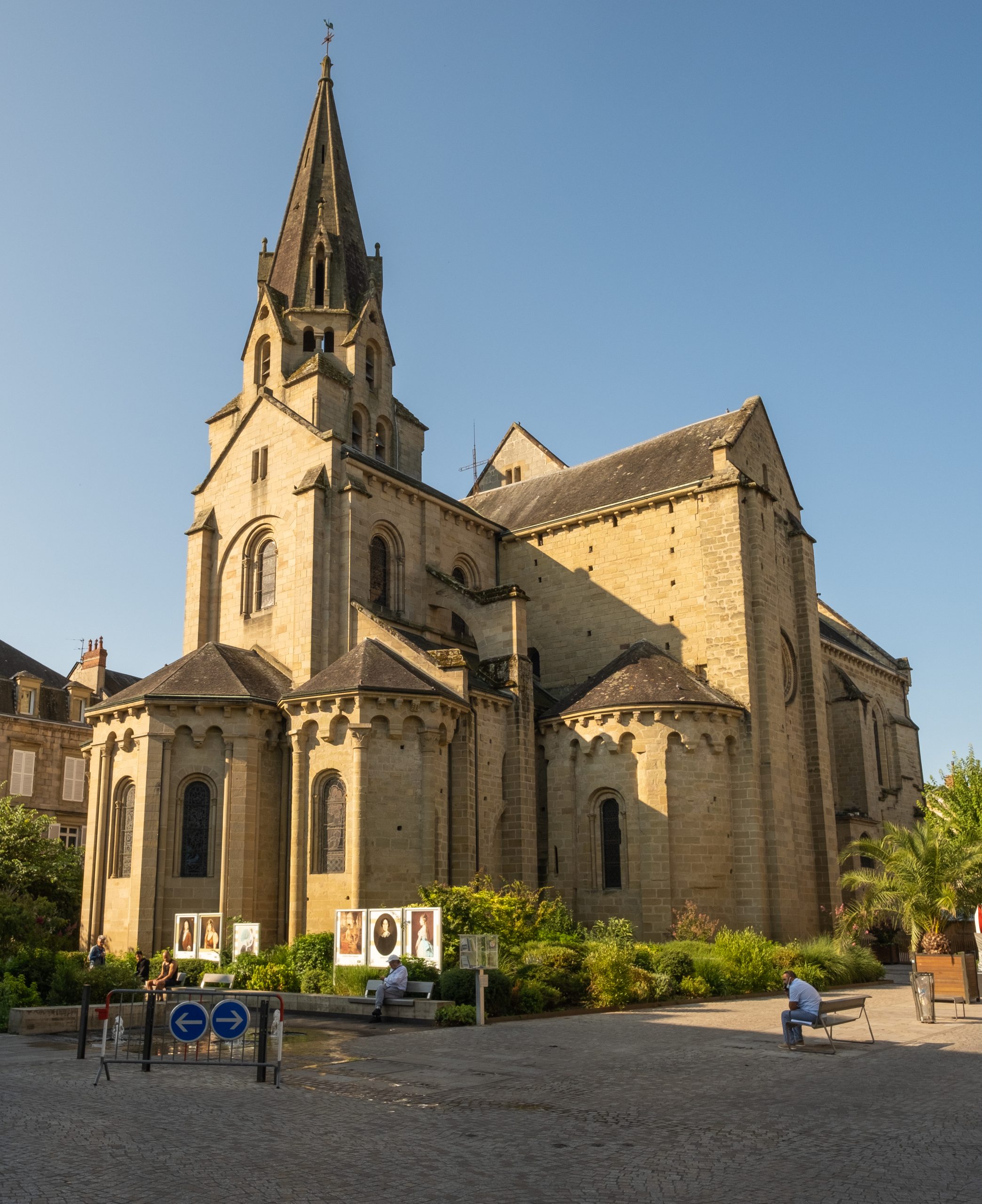
The “new” church dedicated to Saint Martin was built here beginning in 1170, and it’s one of the main things to see in Brive today. It’s a beautiful example of Romanesque architecture, with its rounded arches and painted walls and several important components that have survived from the original building.
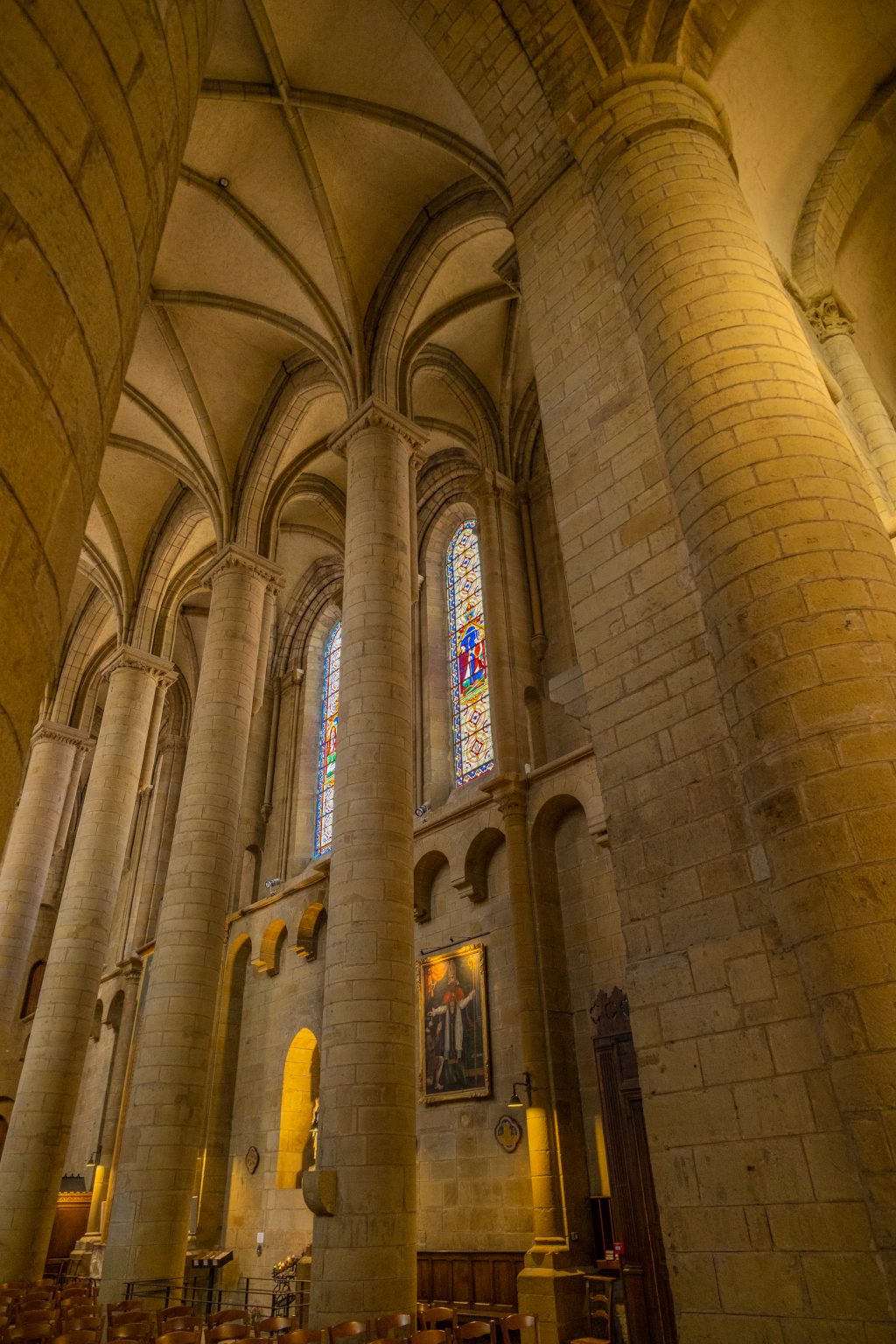
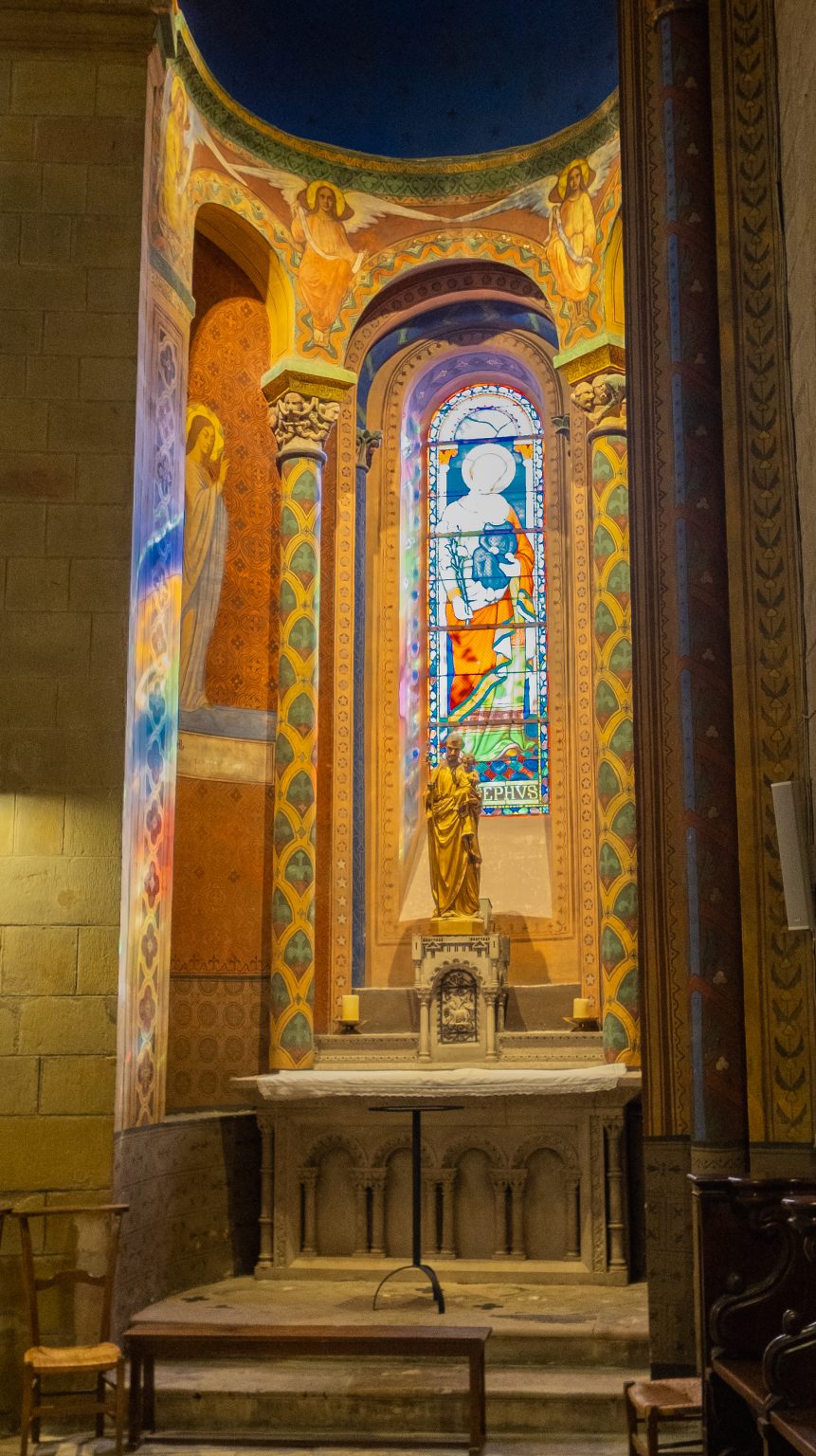
If you visit, be sure to go down into the crypt – it’s a fascinating look into Brive’s most ancient roots, with a significant group of Merovingian-era coffins and (as the signs on the exhibit say) “an oddly androgynous” 19th-century bust of Saint Martin containing his relics.
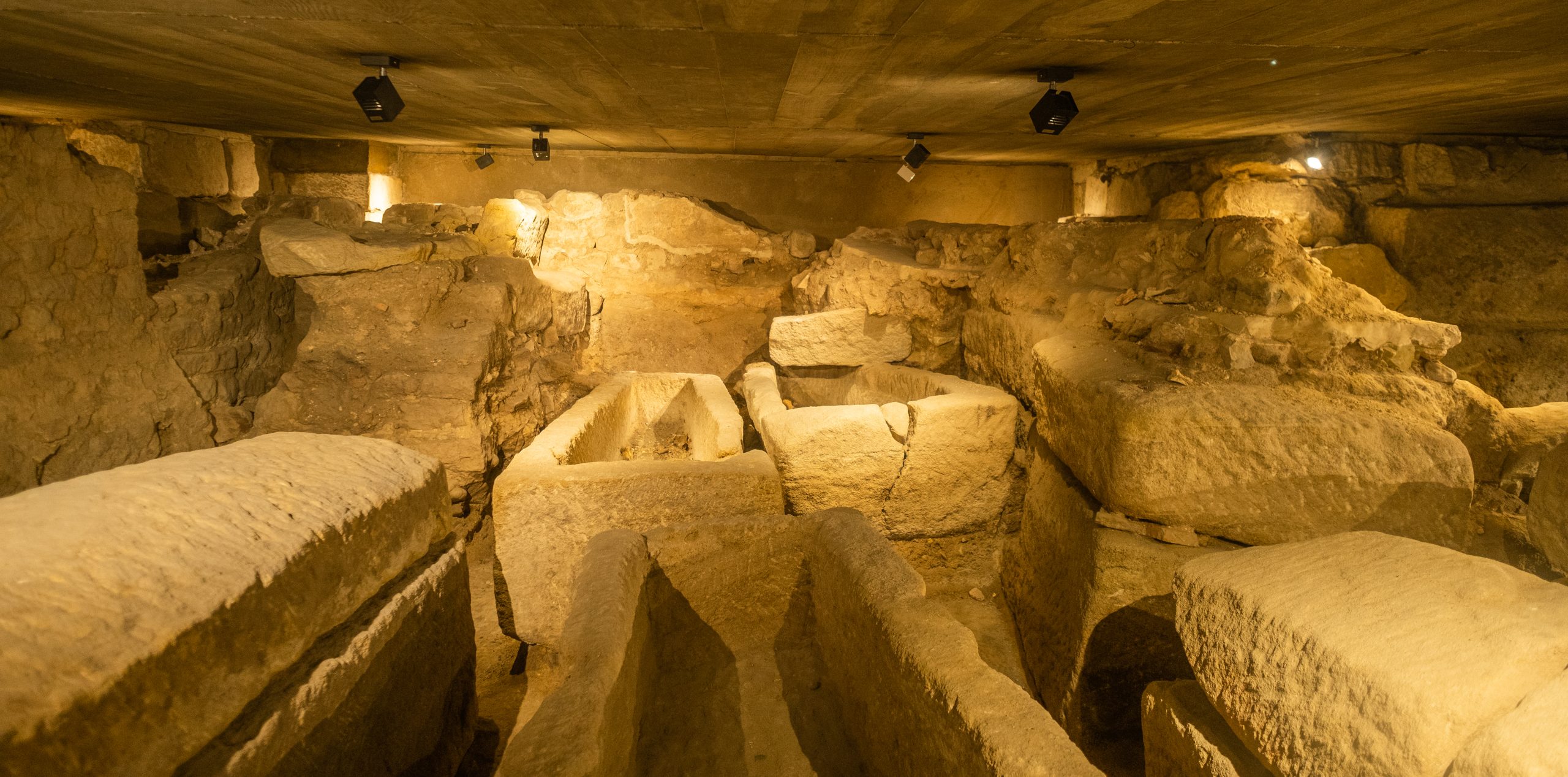
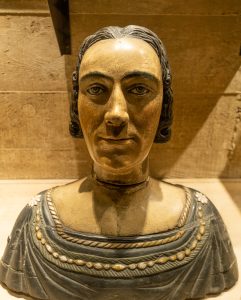
The whole town is organized around this church, with streets radiating out like the spokes on a wheel to a ring road circling the city’s center. That road approximates the placement of the walls built to protect Brive-la-Gaillarde when the Hundred Years War ravaged the area between 1337 and 1453. (The town was actually occupied by an English army for 15 years.) And that wasn’t the only time Brive needed to defend itself – it was also swept up in the violent tug-of-war between Protestant and Catholic forces in the Wars of Religion (from 1562 to 1598).
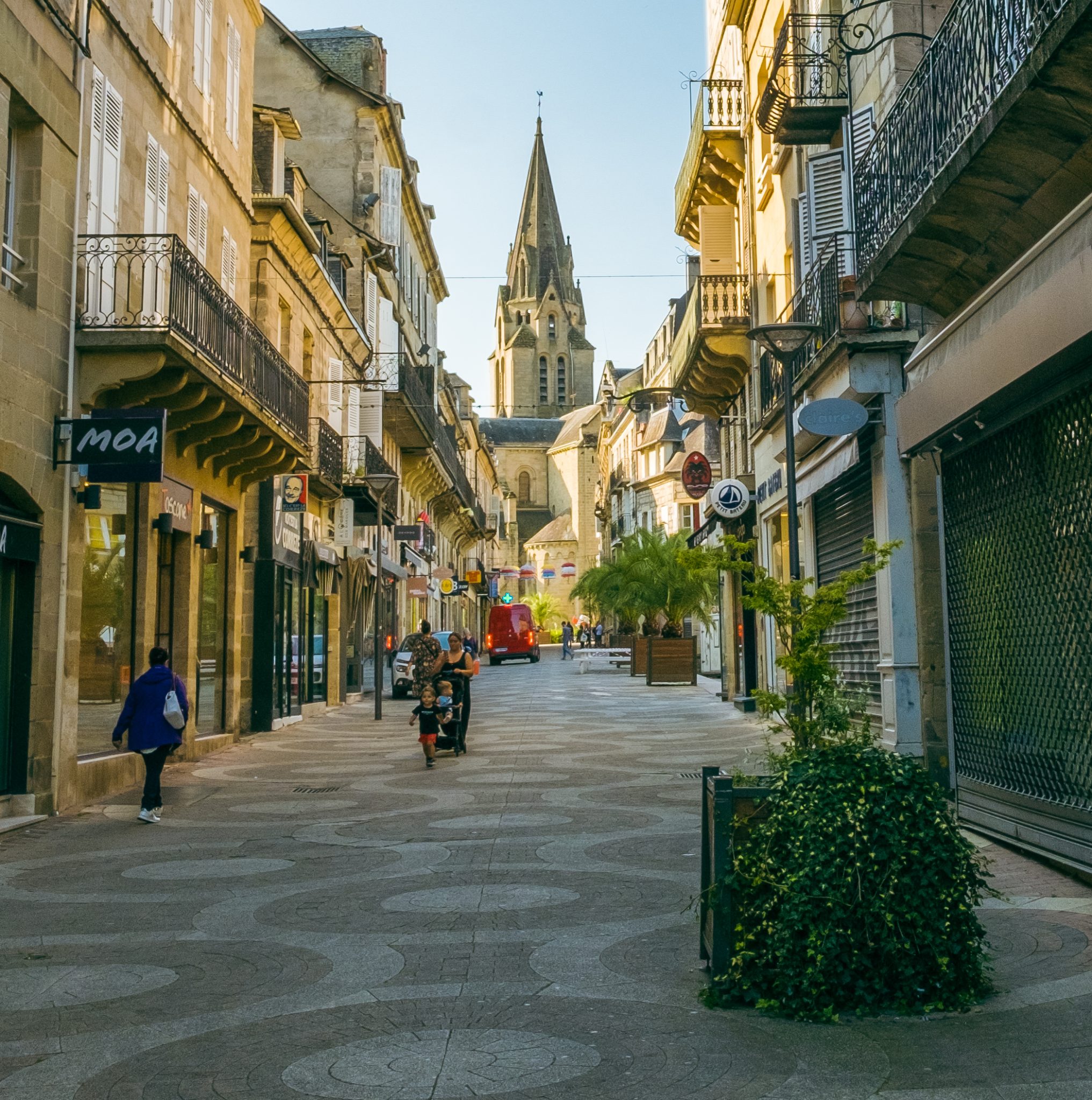
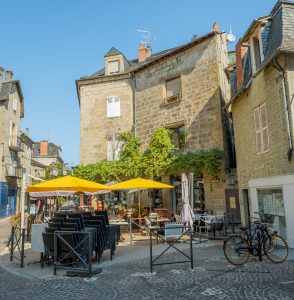
Today, though, the walls are all gone, and that ring road is the heavily shaded location of many of the best restaurants in town. It’s also where you’ll find some of the other most interesting tourist sites, including:
- Brive’s “Chateau d’Eau” (water tower), also known as “the Lighthouse”, where you’ll find the local Office of Tourism. You can climb the tower for an overview of the city and get a map showing all the local attractions.
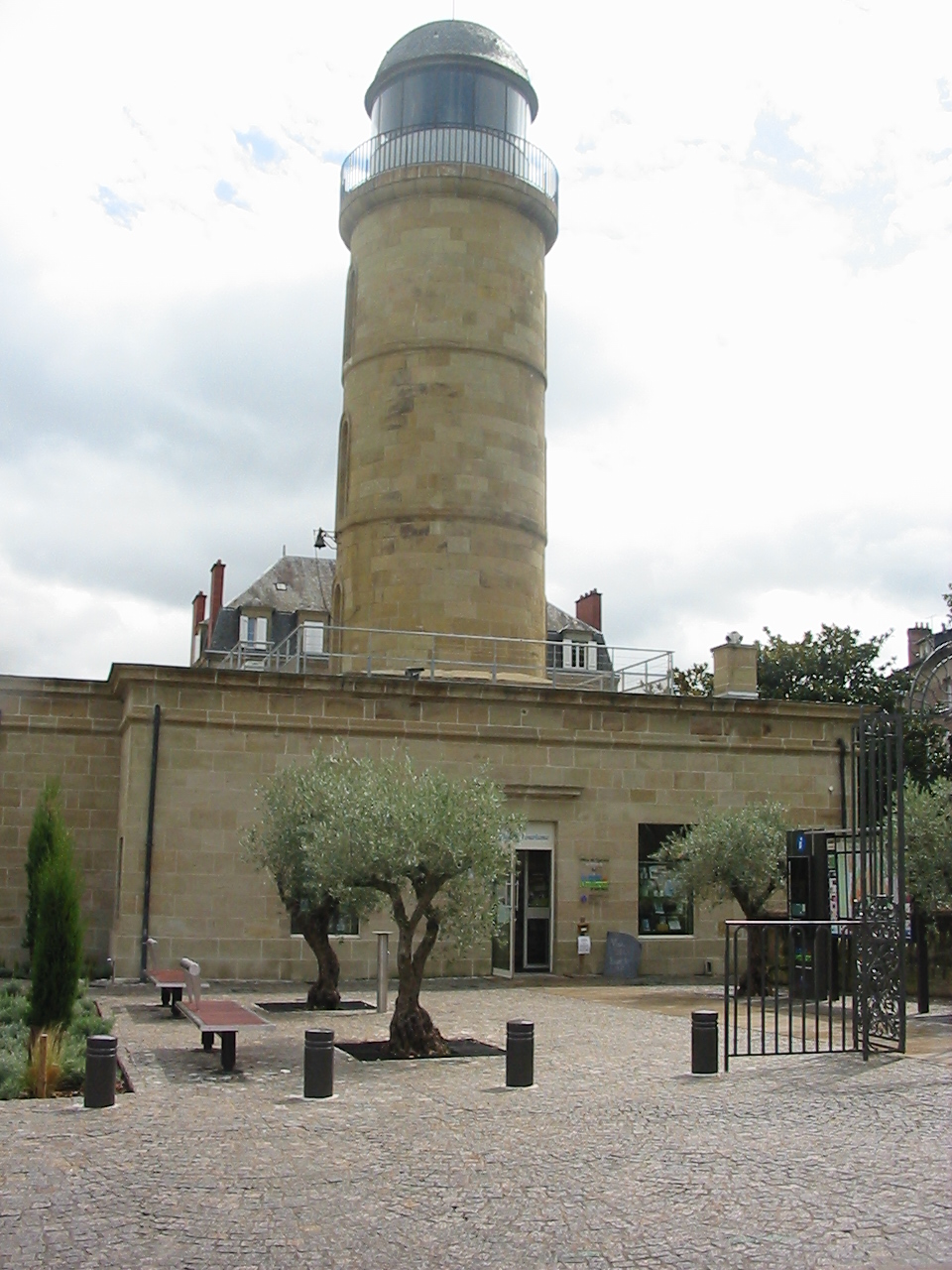
- The centre ville, inside the ring road, features many fine old houses dating back to the Renaissance. Most of them are privately held, and most don’t even have a historic plaque or any other indication of their origins, but they give the whole place an air of elegance and a deep sense of history.
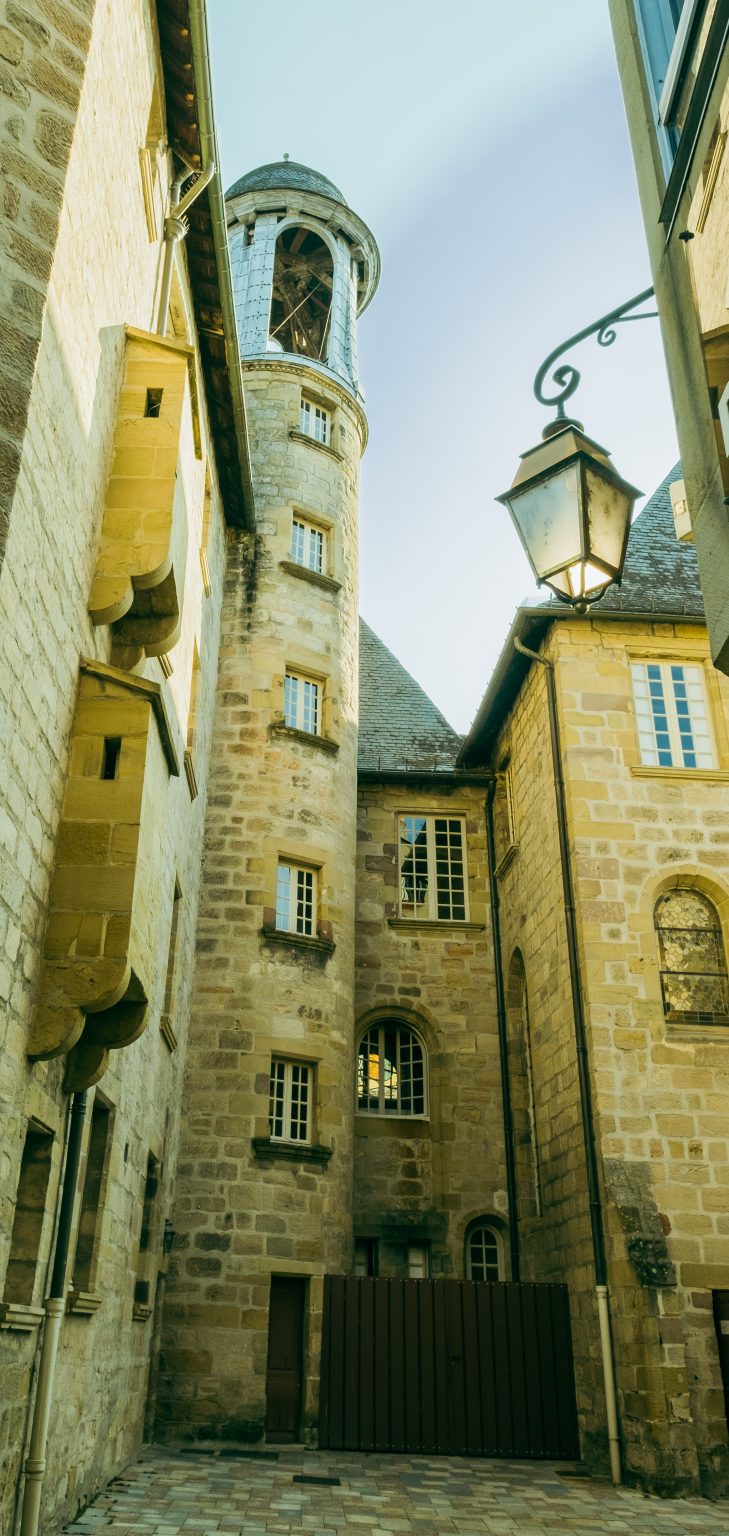
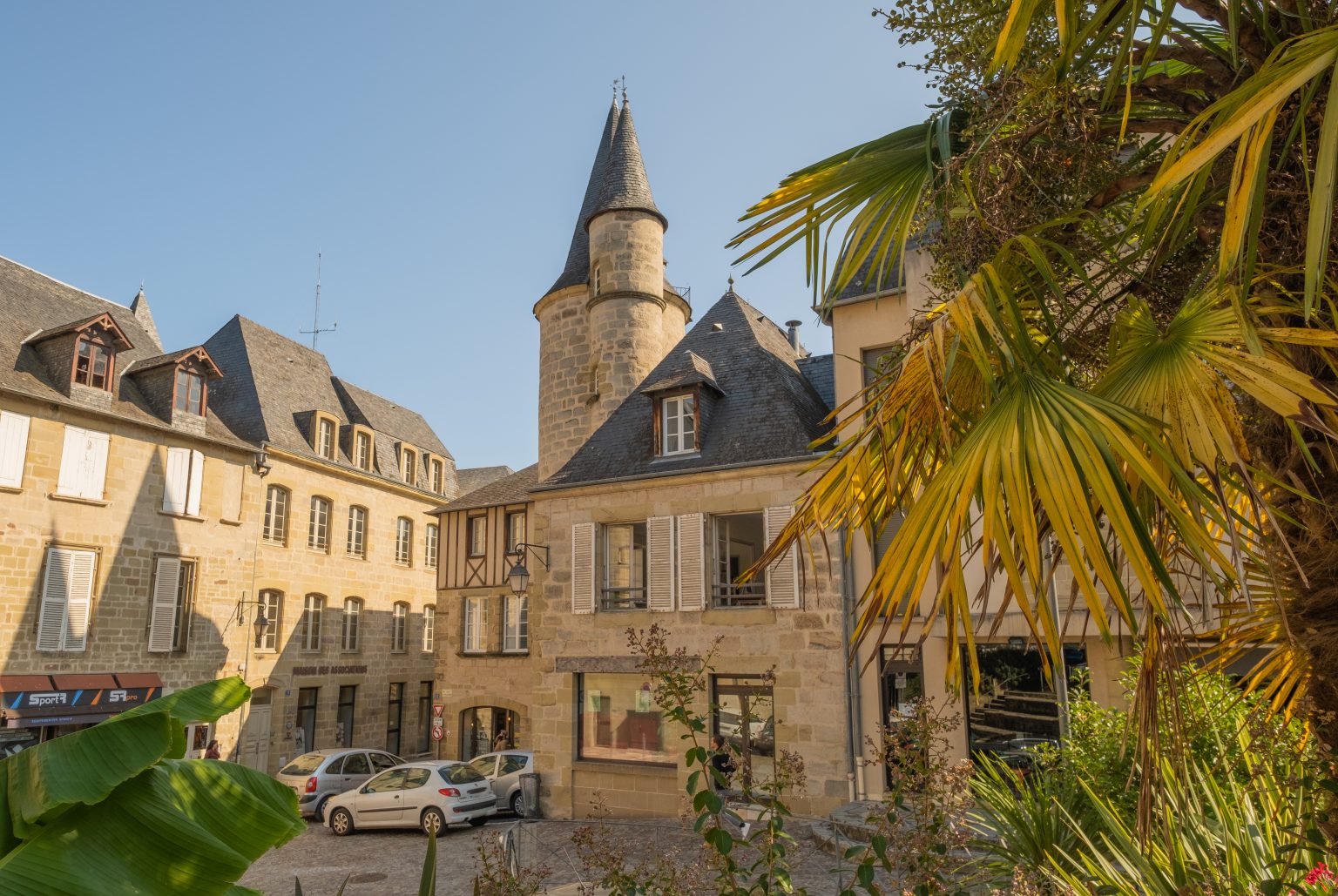
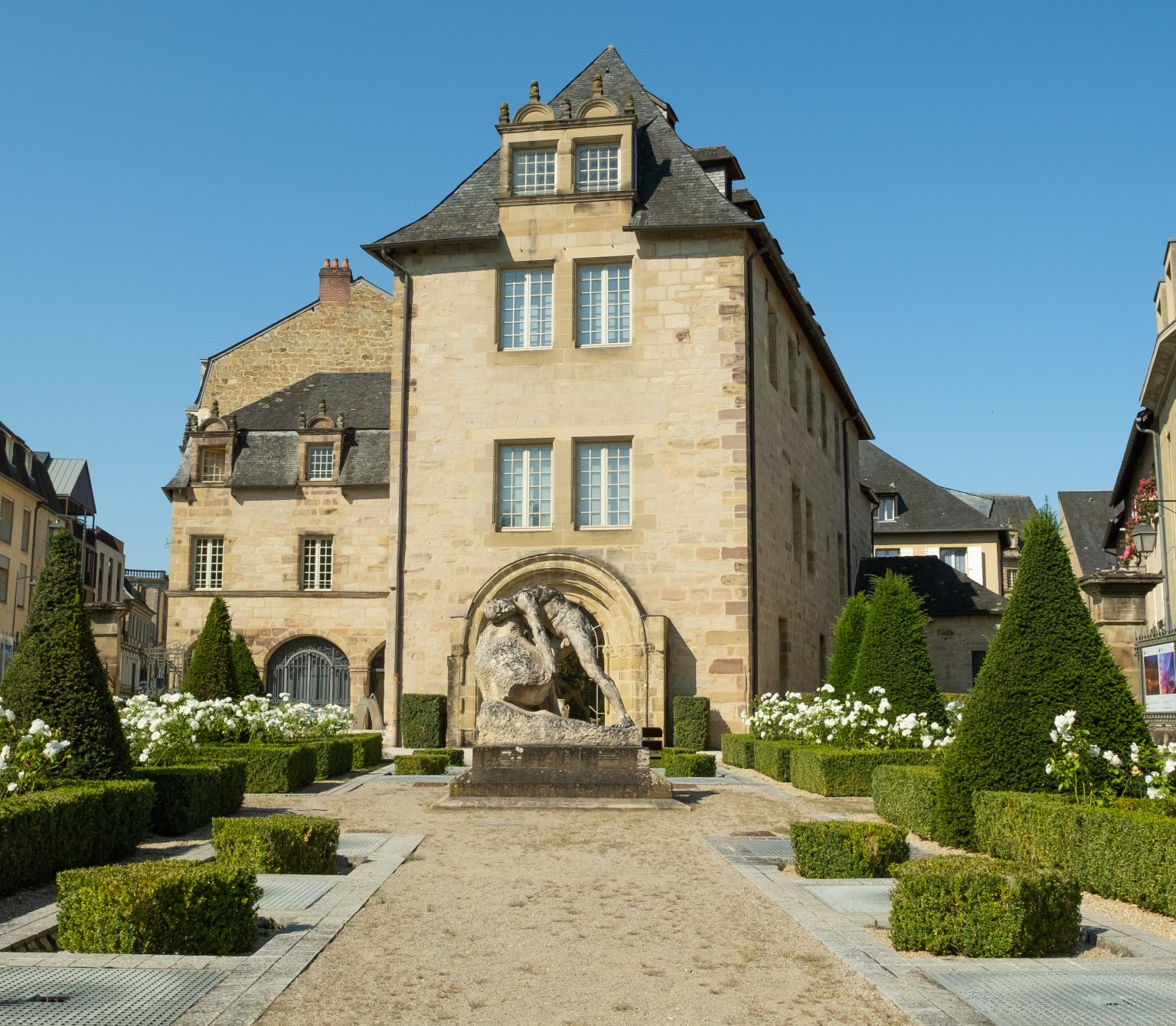
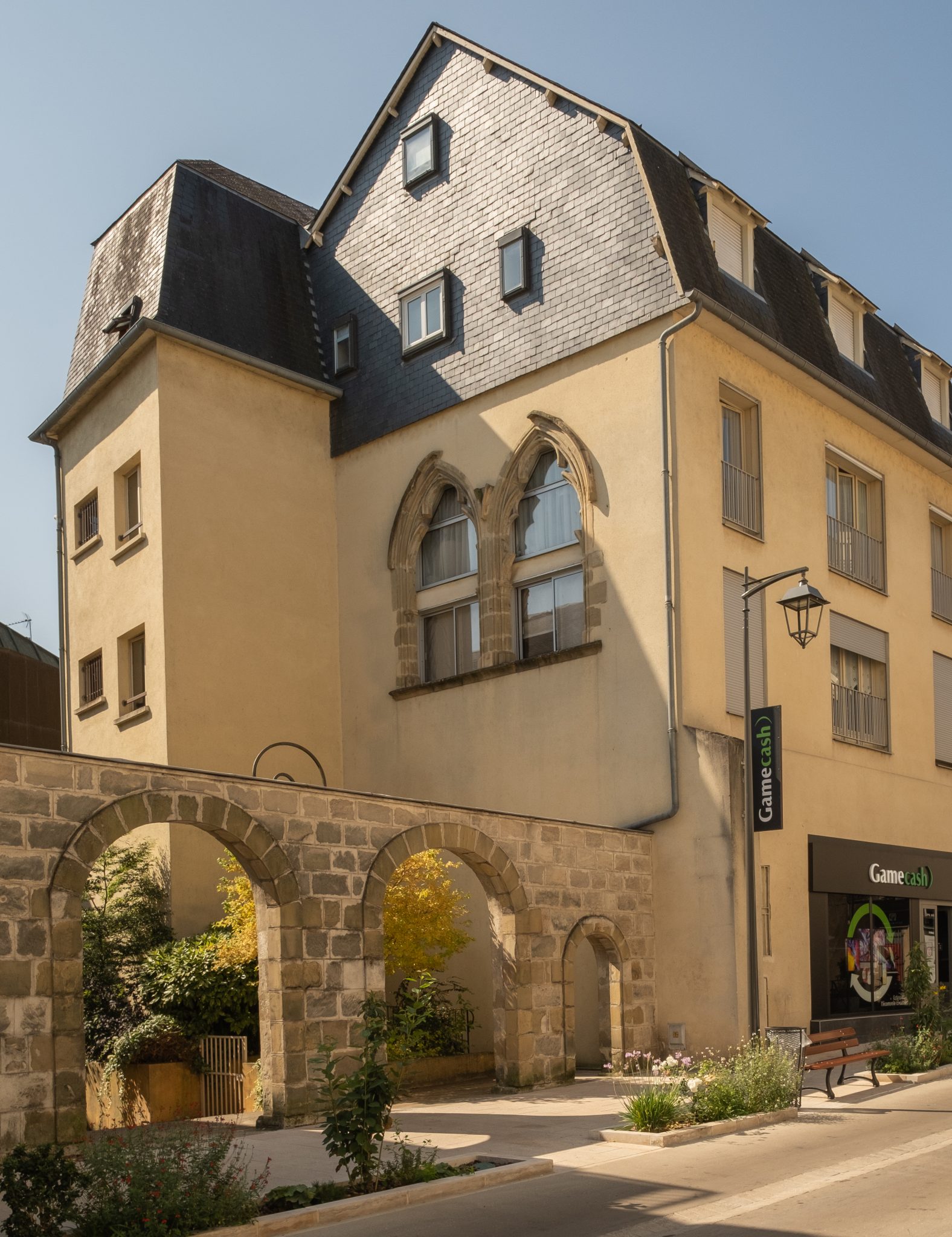
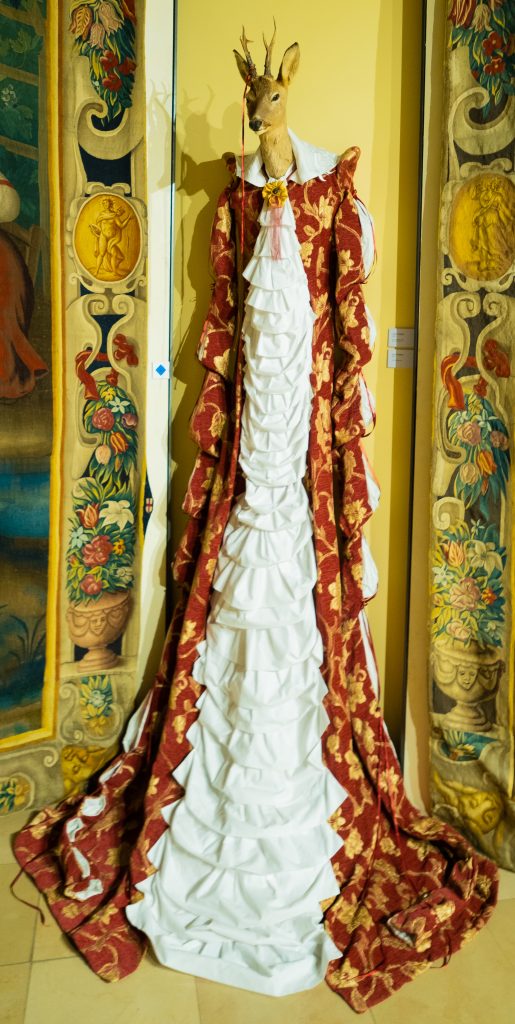

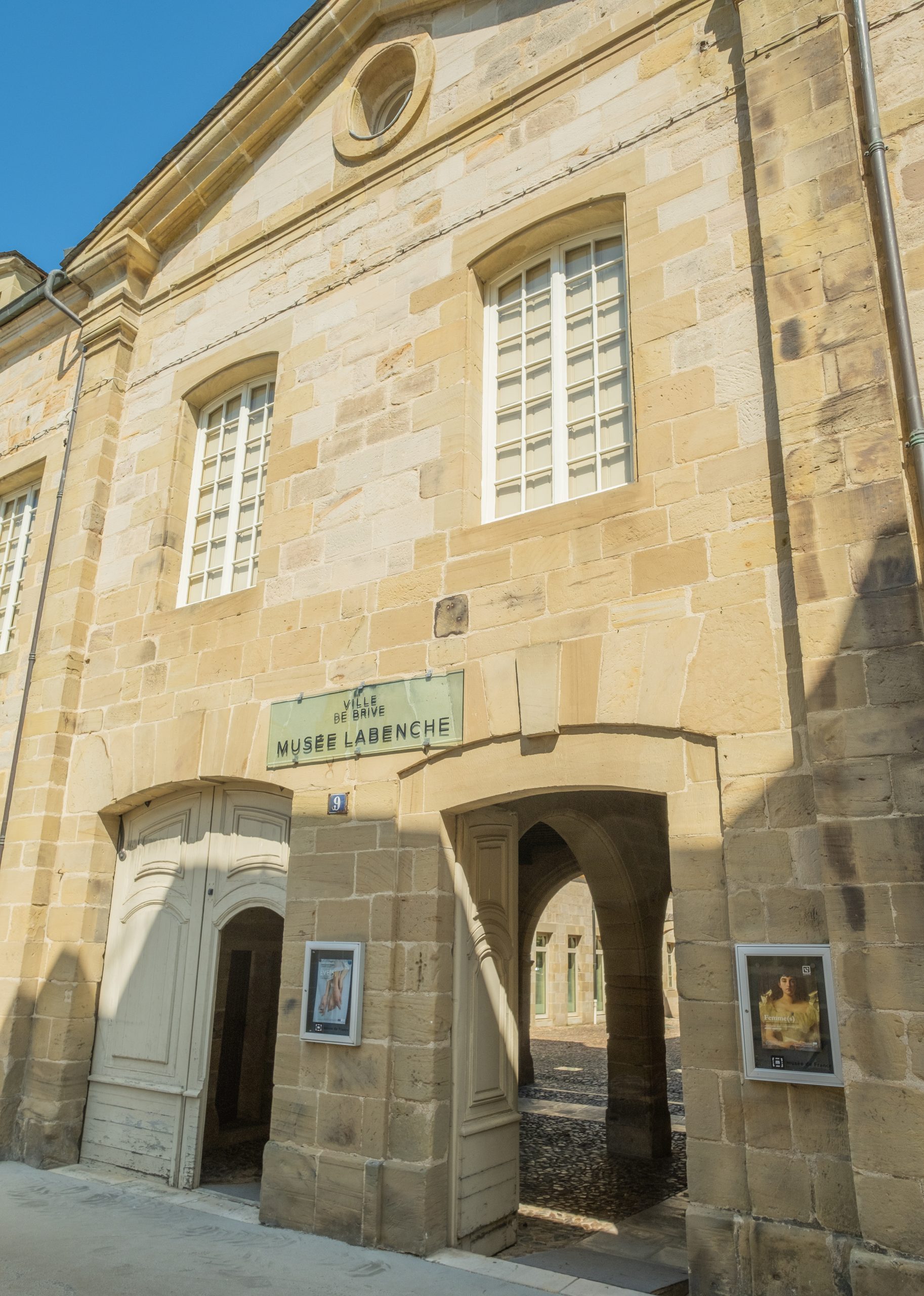
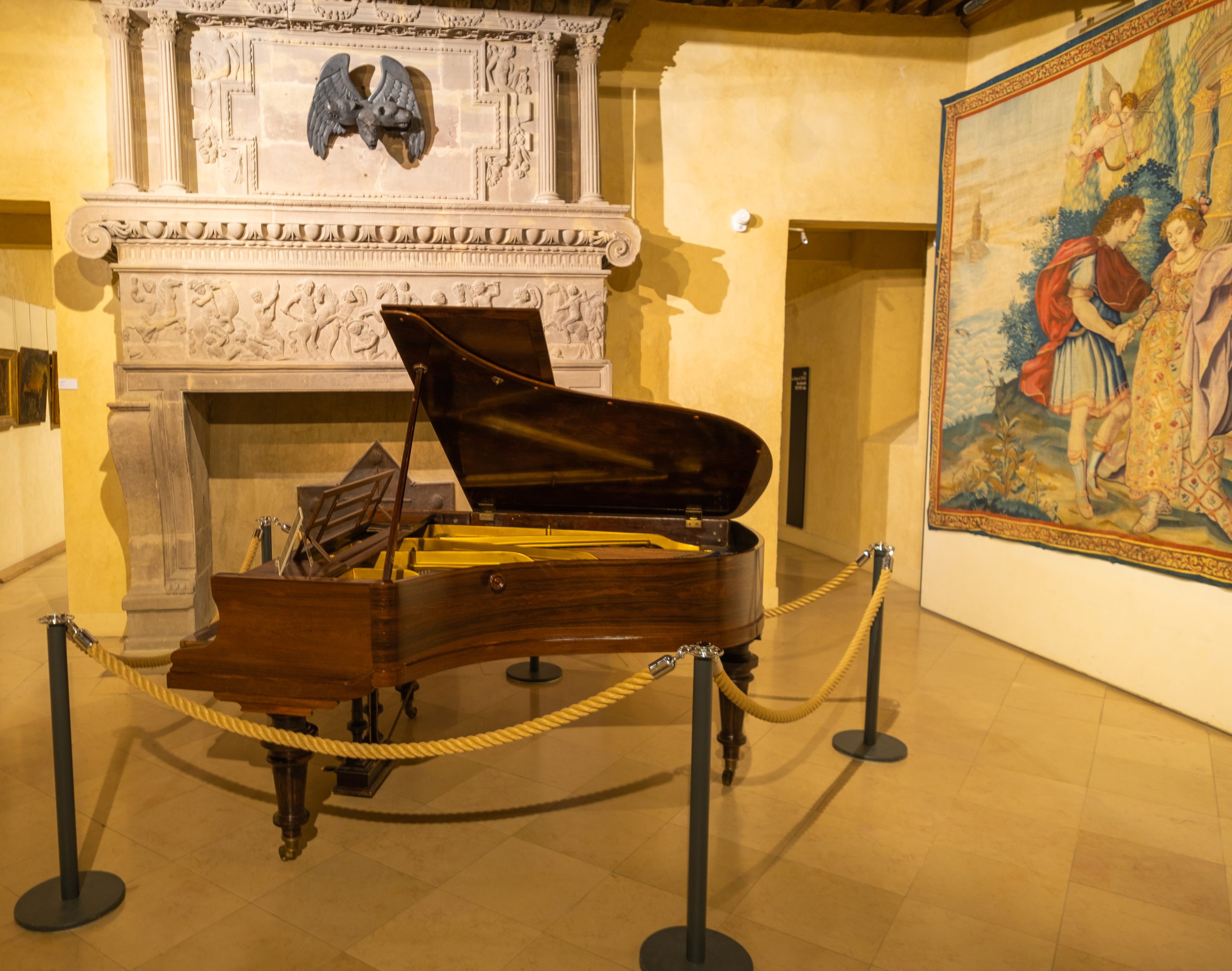
- The incredibly eclectic collections at the Musée Labenche. Dedicated to the “history and culture of the region”, it’s been around since the early 1900s, although it only moved into its current home (a 16th-century Renaissance mansion) since 1989.
Where else can you see an elegant dressing gown hanging over the stuffed head of a deer near an 11,000-year-old human skeleton? (To be fair, much of its collection is interesting and important, but for me the quixotic presentation made it even more worth the visit!)
- The Musée Michelet, evoking the important role Brive – and especially local politician Edmond Michelet – played in the French Resistance against German occupation during World War II. Several clandestine networks operated from a base in Brive during the war, and Michelet himself was later honored as one of the “righteous among the nations” for his service to his fellow prisoners in the Dachau prison camp. Their stories are told in this museum.

…and I have to mention one other “attraction” that I visit every time I pass through Brive-la-Gaillarde: the fine little Denoix distillery on the ring road, makers of one of our favorite liqueurs, the “Supreme Denoix”.
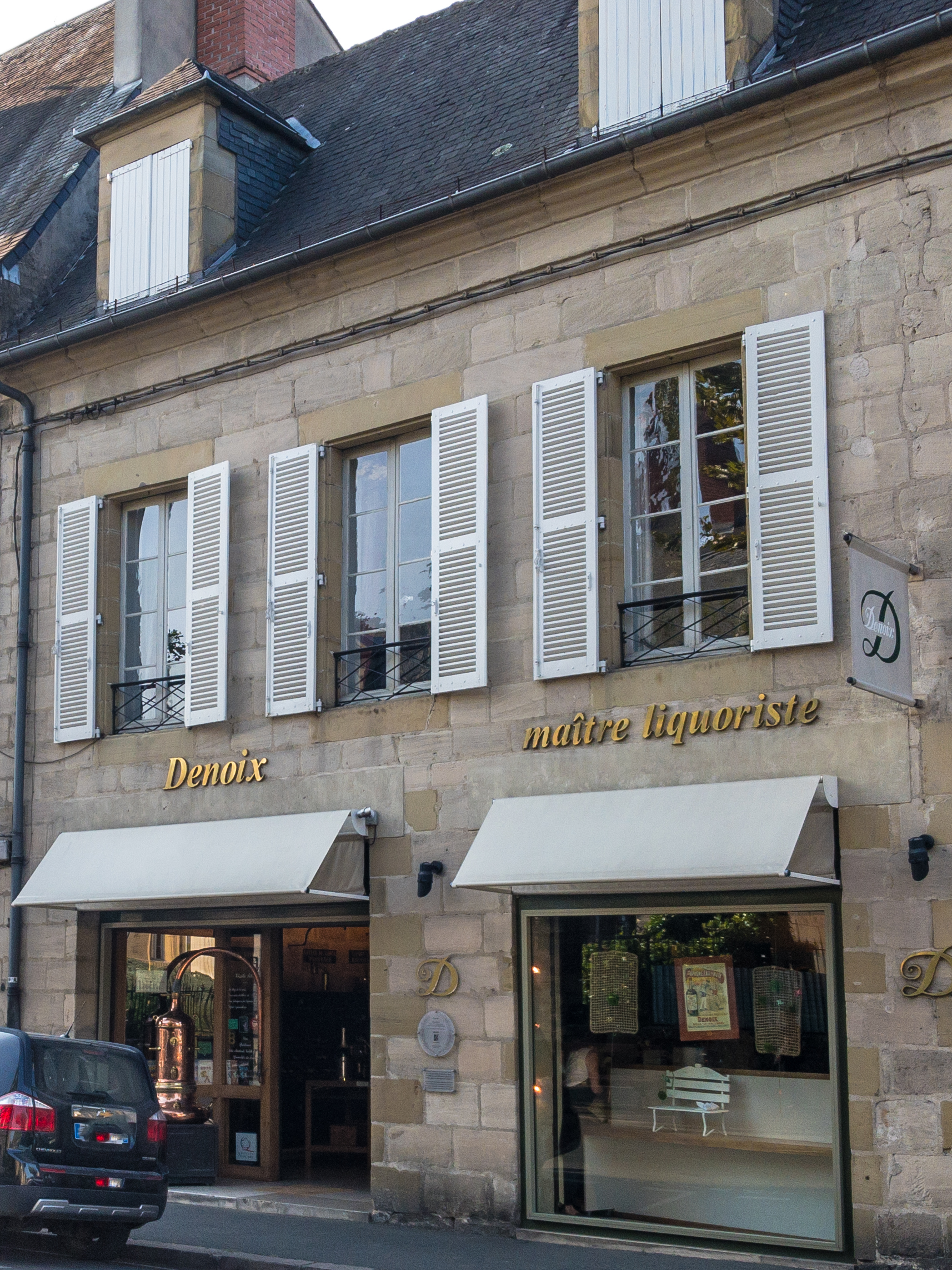
It’s a nut-based spirit – that’s a very popular style in this region known for its walnut production – and for me there’s nothing more pleasant at the end of a long meal than sipping a glass of this earthy, sweet liqueur!
You can sample it and all their other products in the distillery’s store and tour a small representation of the historic process they’ve used for making Supreme Denoix in this same building since 1839.
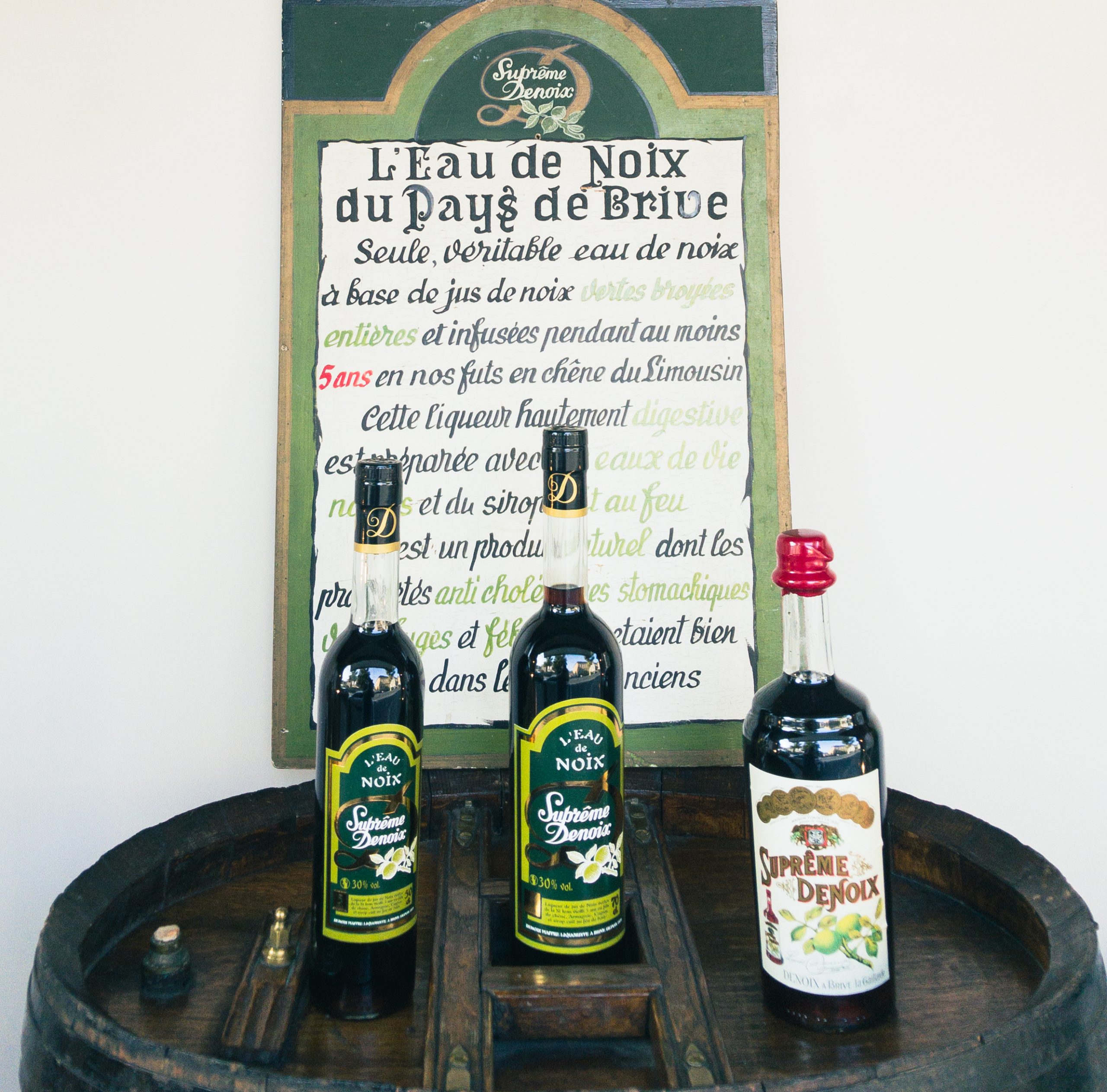
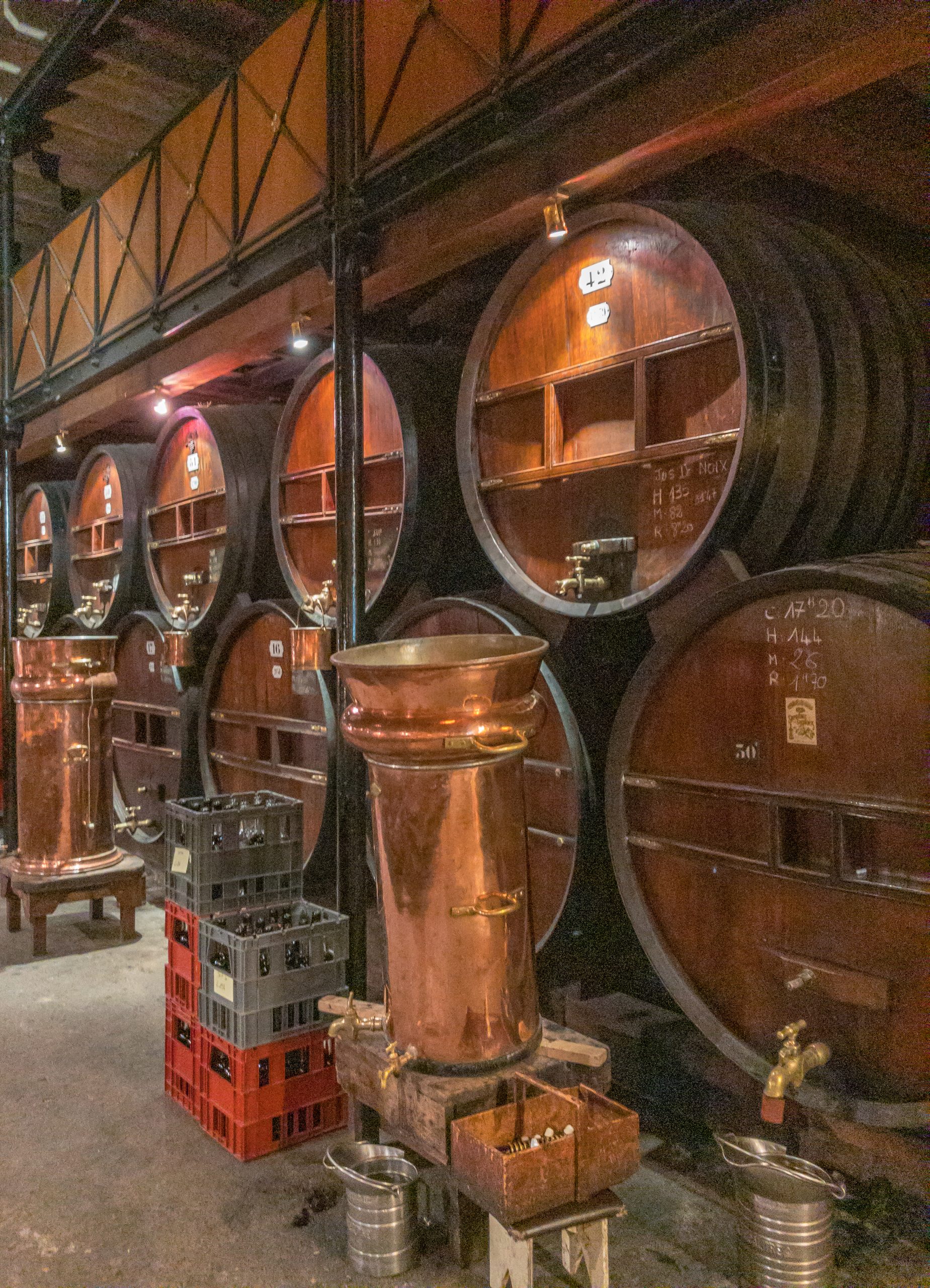
Places to see in the Corrèze (with driving times from Brive-la-Gaillarde)
When you’ve seen all the main sights in Brive, you can hit the road, visit some of the many important attractions in this immediate area, and still be back in town in time for dinner. Some of my favorite places to see in this area include no fewer than five towns on the list of “Most Beautiful Villages in France”:
- Turenne, a hilltop fortress that was the capital of a powerful fiefdom that managed to exist outside of the French king’s holdings until 1738 (20 minutes from Brive)
- Saint-Leon-sur-Vézère, a medieval “seaport” deep in the heart of France (a 50-minute drive)
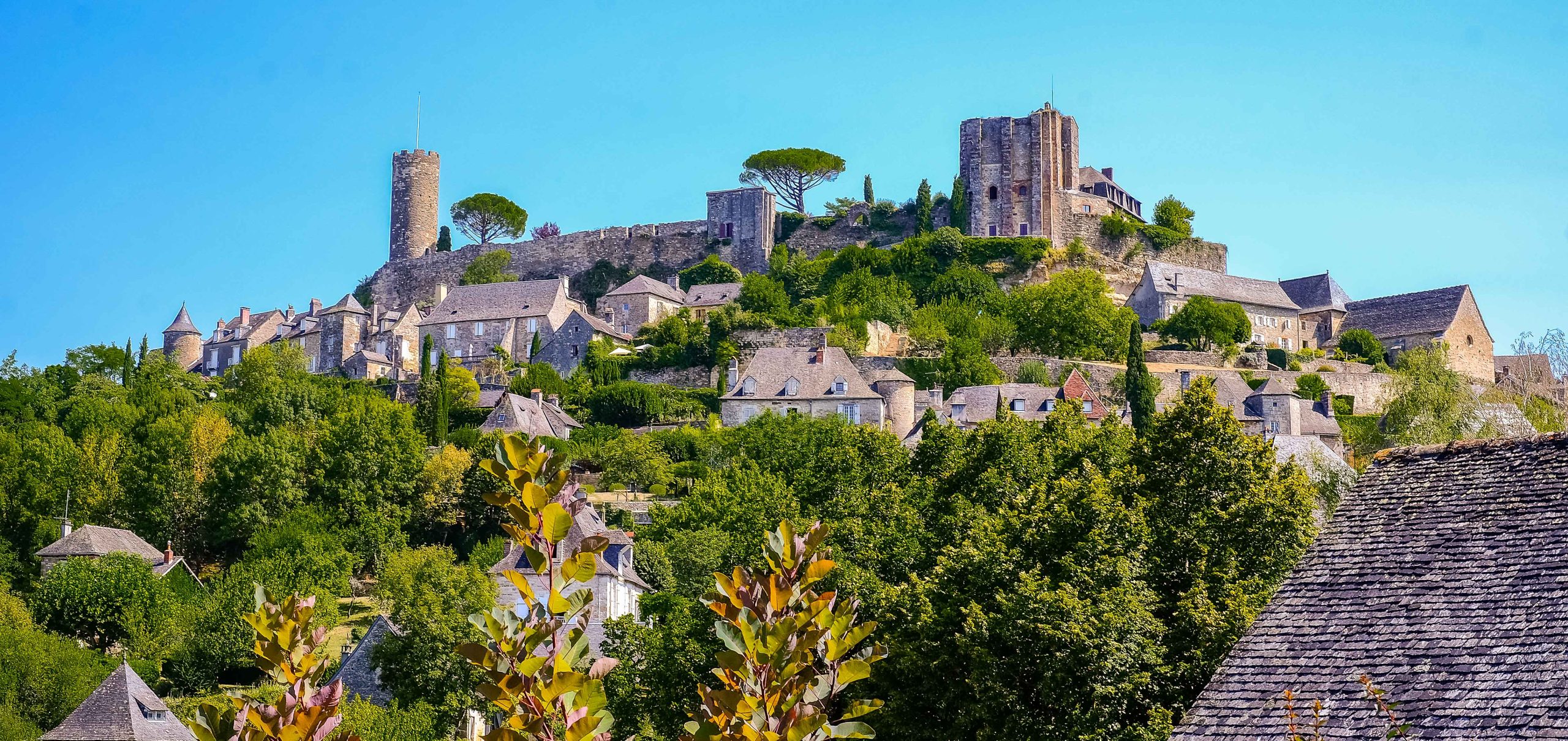
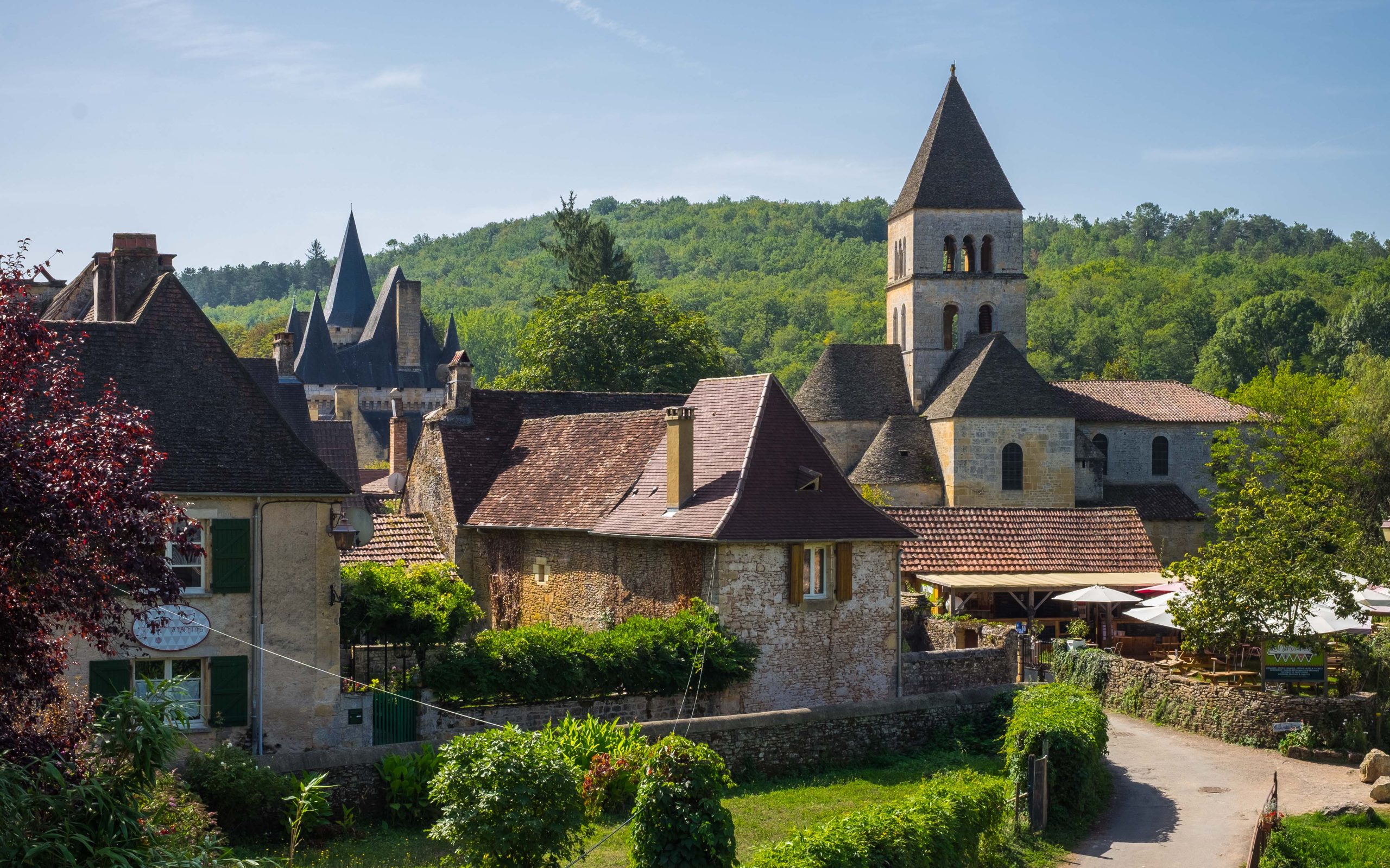
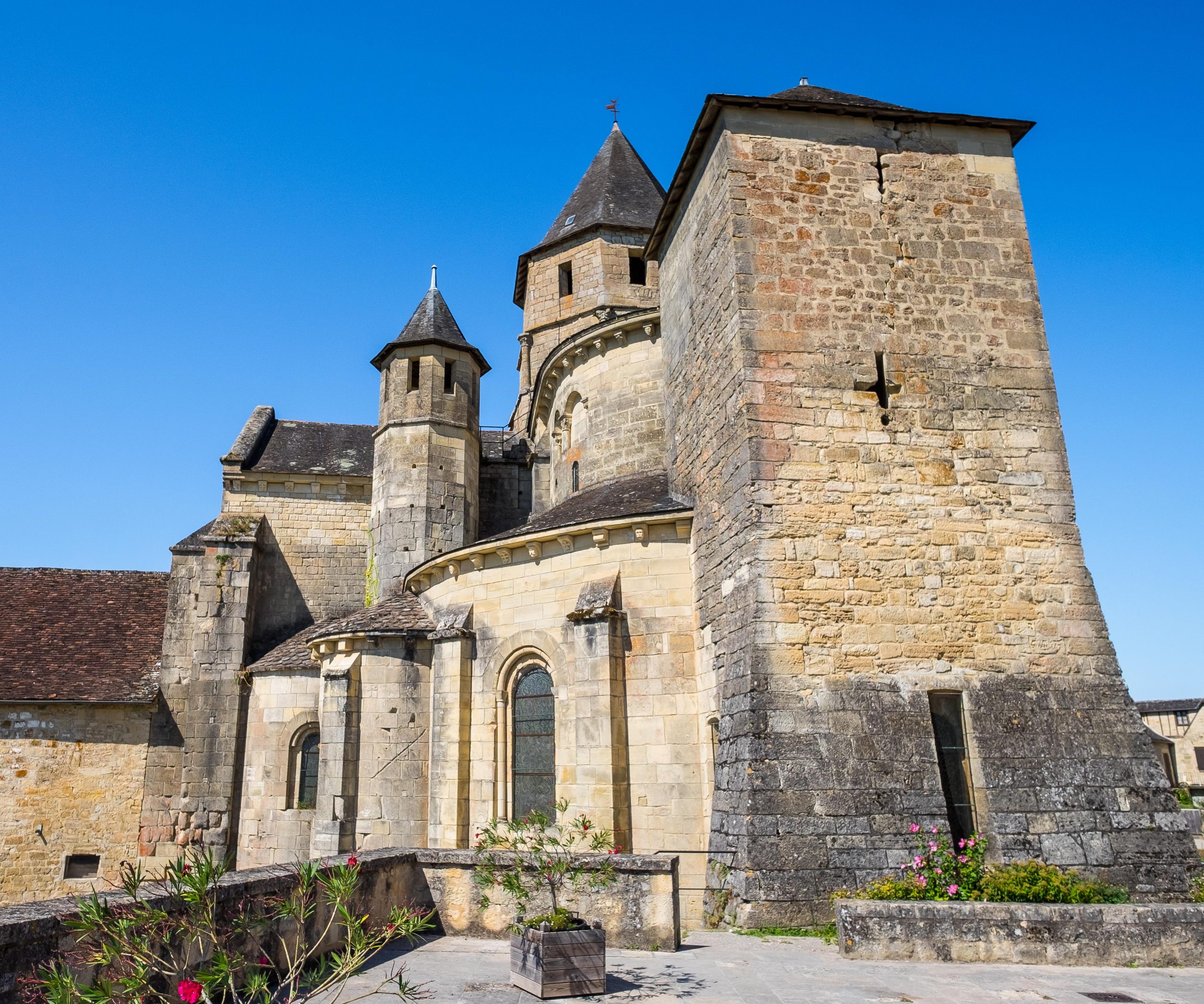
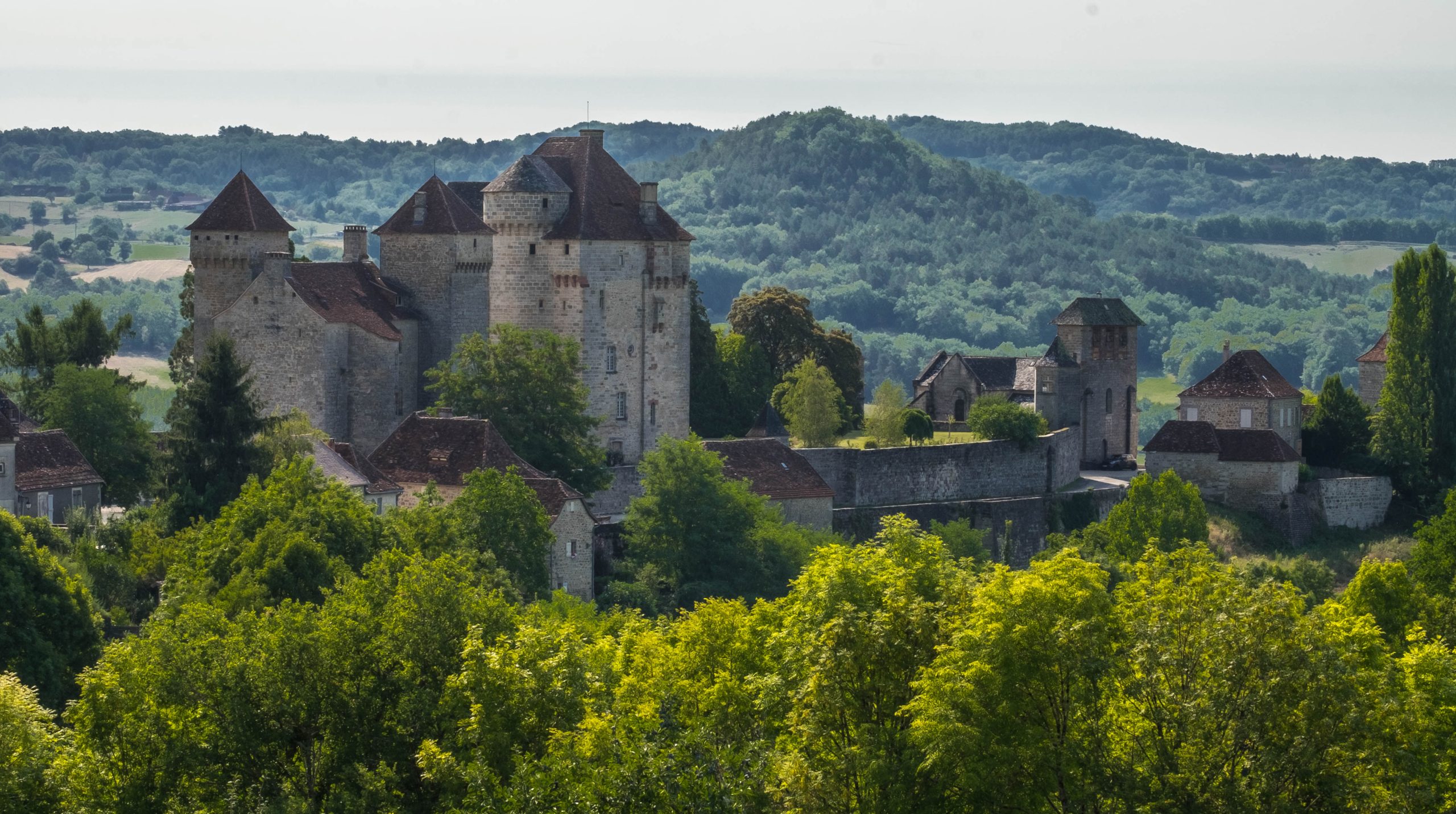
- Saint Robert, part of a sprawling network of abbeys in the Middle Ages (30 minutes from Brive)
- Curemonte, a village of 211 people that nevertheless has three medieval castles and a deep connection to Colette, one of the most famous writers in France in the 20th century (35 minutes away)
- Carennac, with a remarkable collection of Romanesque buildings and another important abbey in the center of town (45 minutes from Brive)
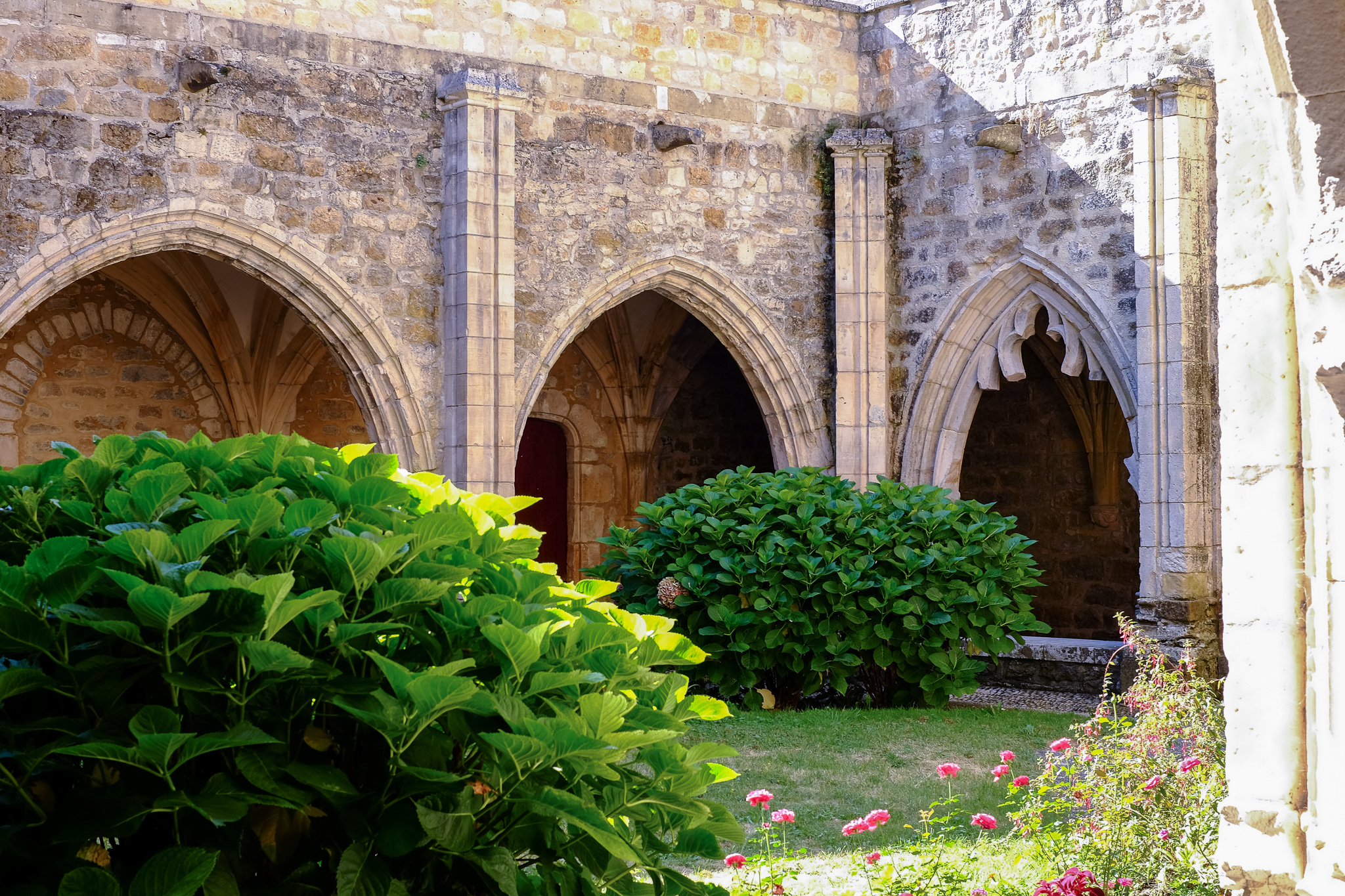
Many other places near Brive offer impressive castles, ancient abbeys, and interesting connections to French history:
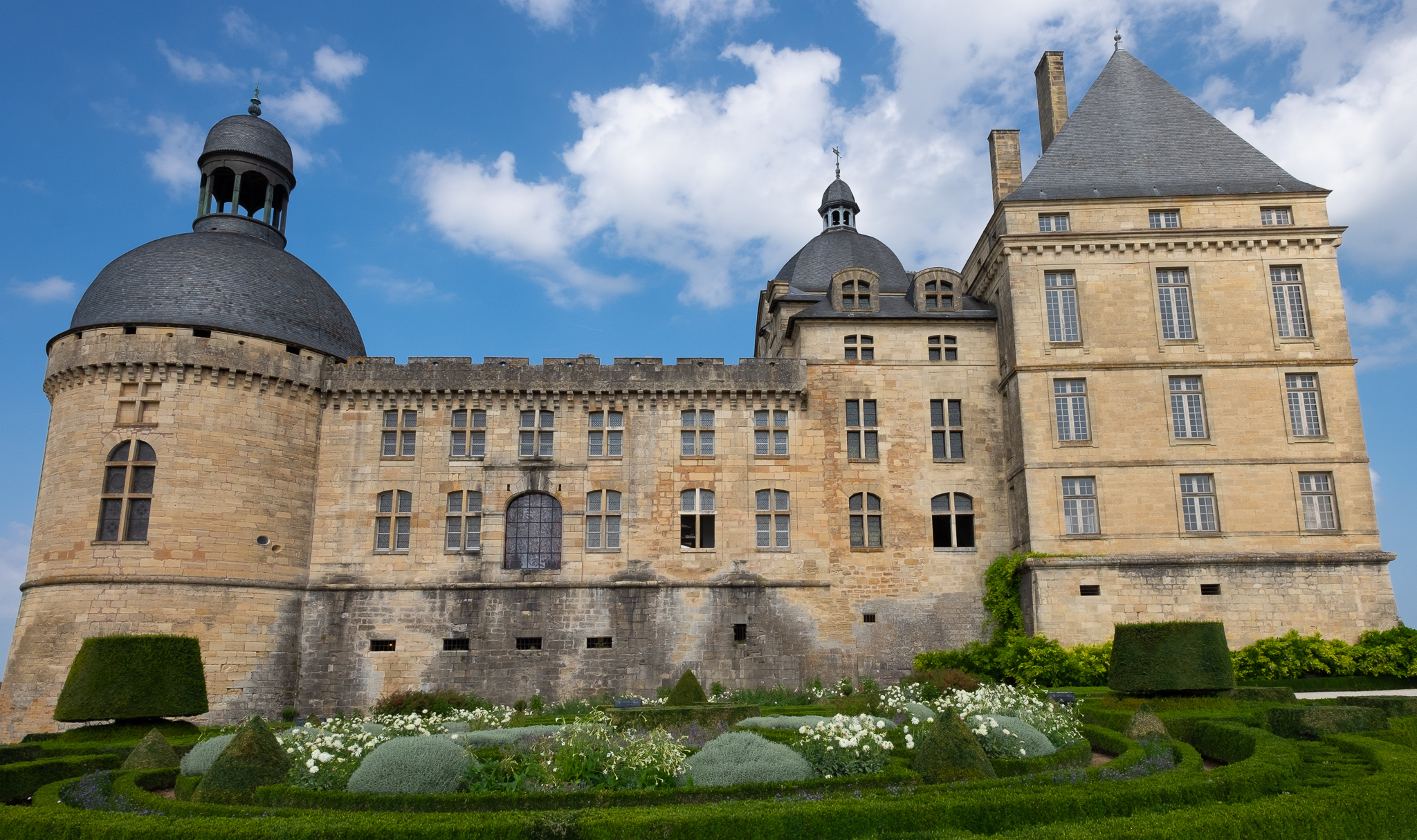
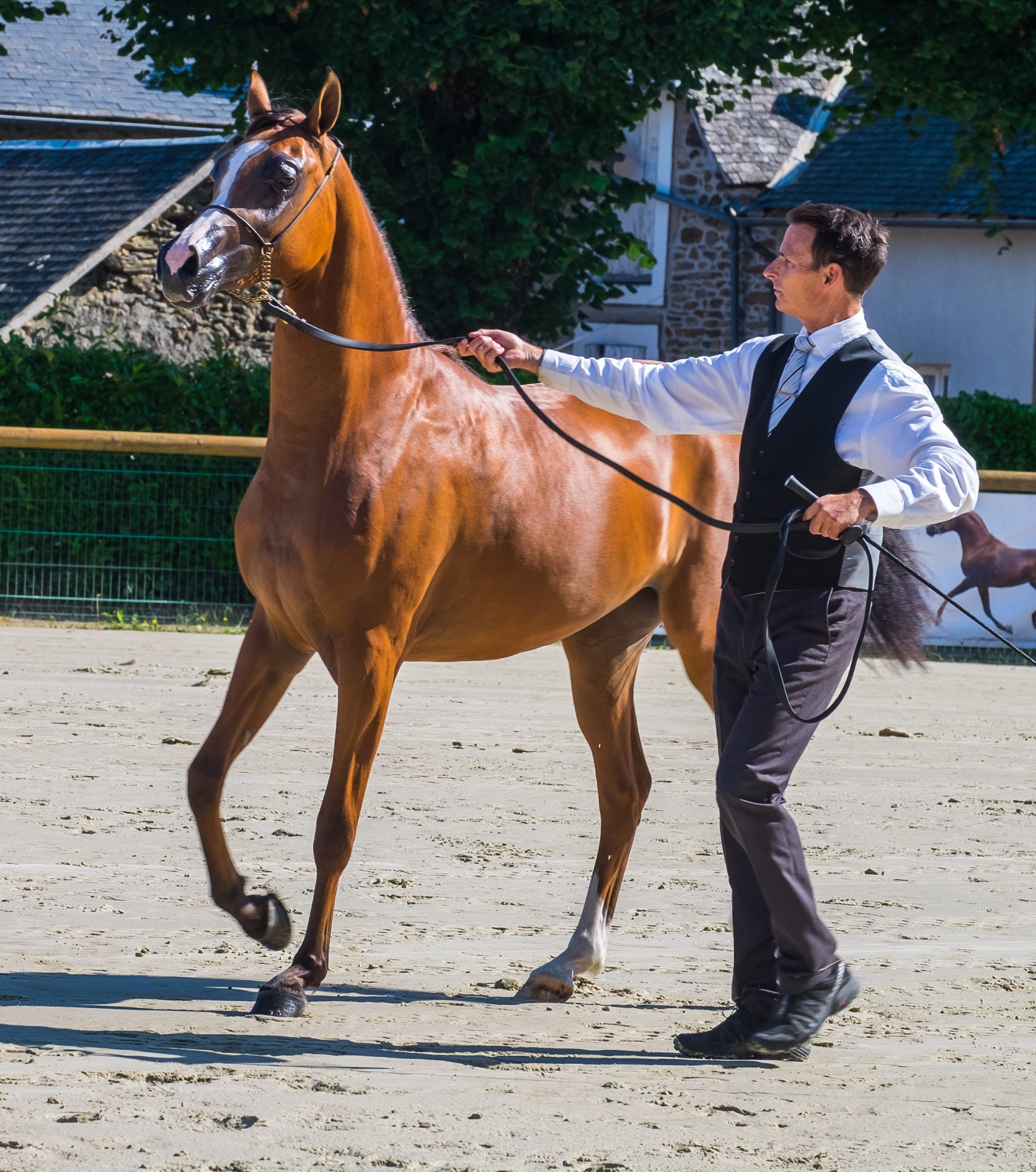
- Hautefort, dominated by a magnificent castle that will remind you of the Loire’s “Valley of the Kings”, a chateau so imposing that it has been the setting for several famous movies (a 45-minute drive)
- Arnac-Pompadour – home to one of France’s “national stud farms”, and a great place to spend the day if you like looking at beautiful horses, watching horse races, or touring the castle linked to King Lous XV’s “mistress-in-chief” (also 45 minutes from Brive)
- Aubazine, a village isolated in the wilderness with its own 900-year-old abbey, where fashion designer Coco Chanel spent her formative years (20 minutes away)
- Beaulieu-sur-Dordogne –the name says it all: it’s a “pretty place” with deep medieval history and a climate so mild they call it “the Riviera of the Limousin” (a 45-minute drive from Brive)

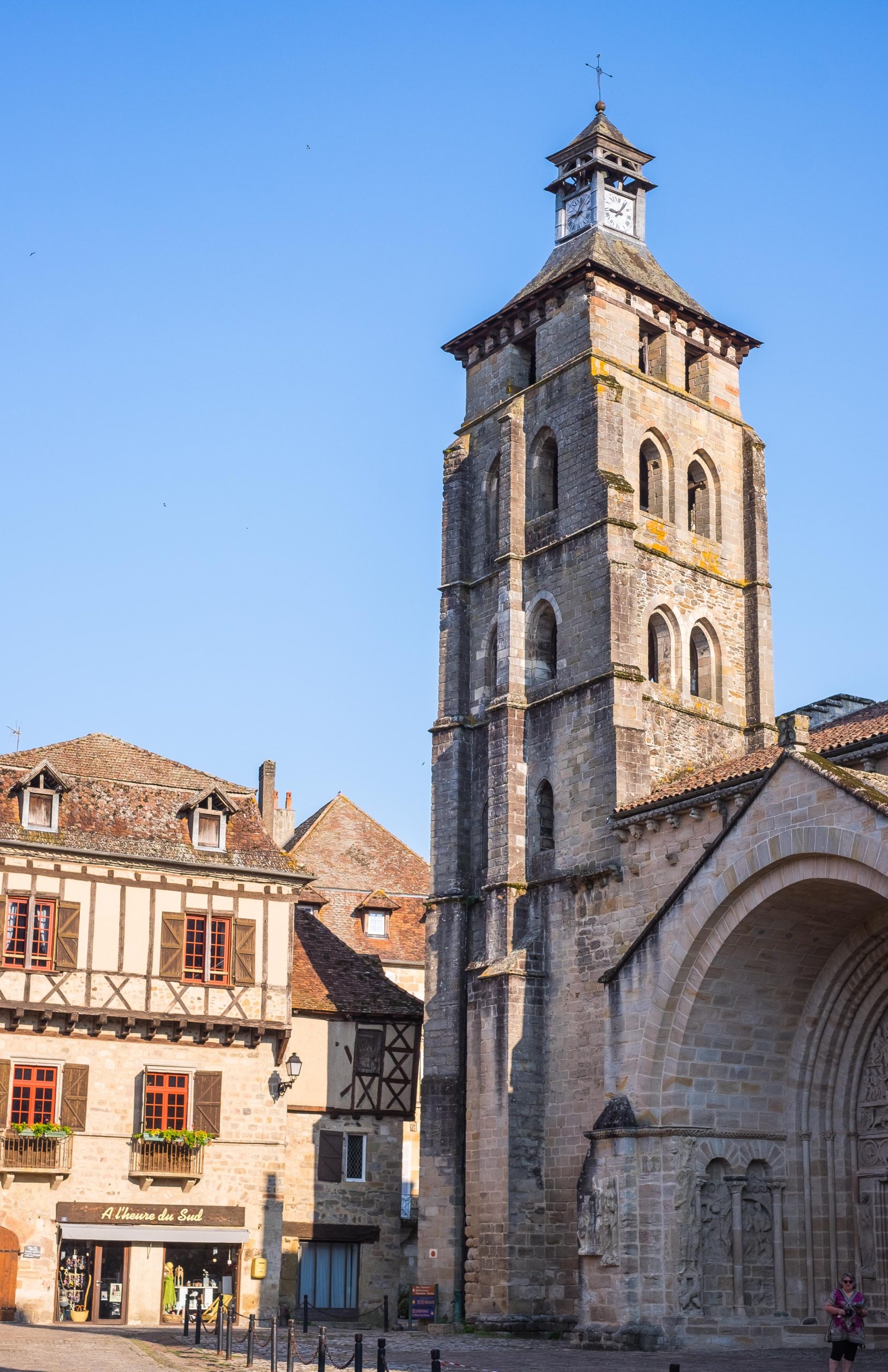
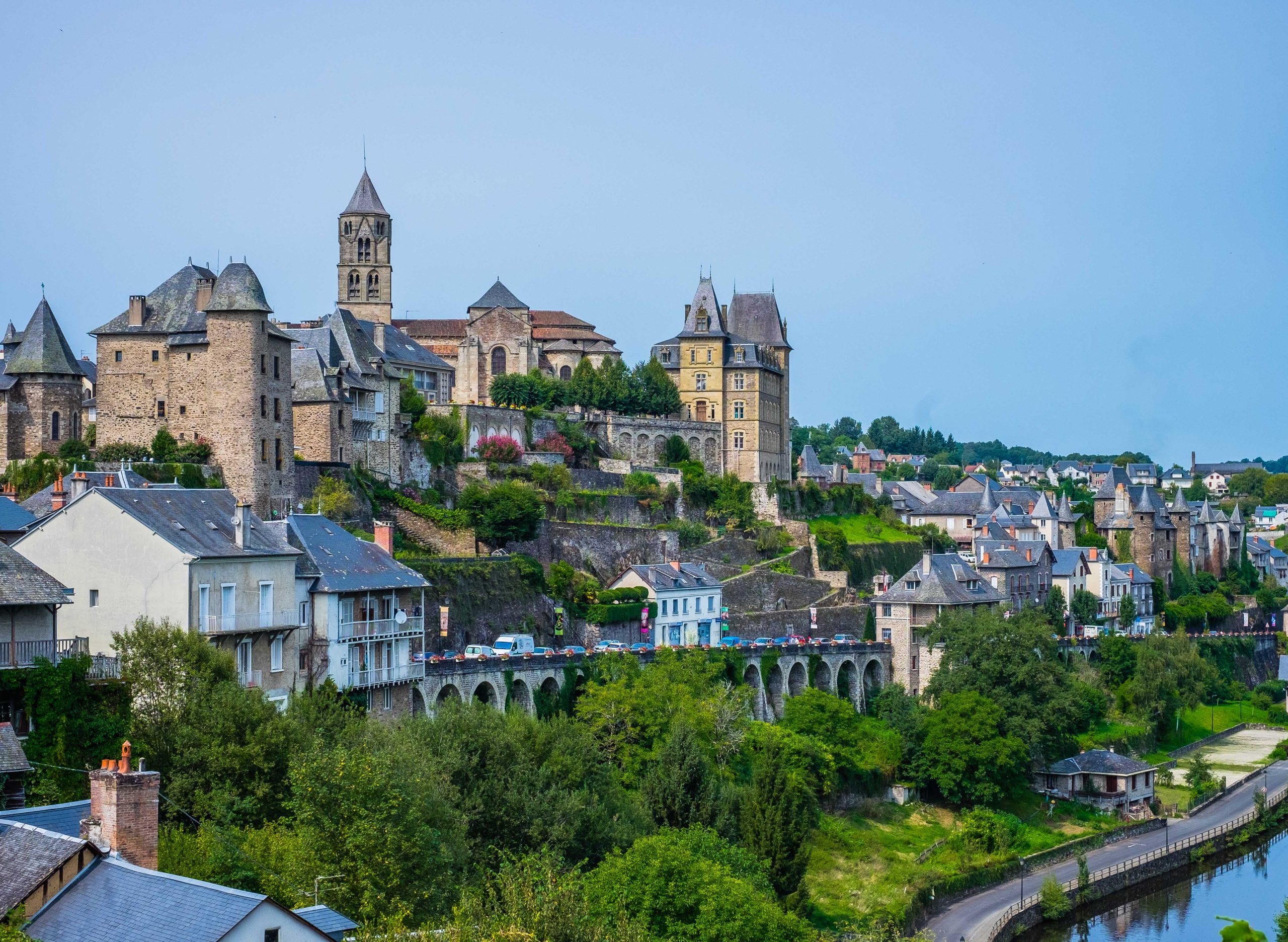
- Uzerche, the “Pearl of the Limousin” (I guess they like giving out nicknames in this area!), with so many interesting buildings and such a beautiful overlook on the Vézère river that it is listed as one of the “most beautiful detours” you can take off the A20 autoroute (30 minutes away from Brive)
These are only the places I’ve visited so far; I keep a list of others to see the next time we’re in the area, and it’s a pretty long list! (And since Brive-la-Gaillarde is only an hour northwest of Sarlat, all the places mentioned above in connection with that town are reasonably within reach from here, too.) Of course, if you’re interested in hiking, cycling, or other outdoor activities, this is also an area with lots to offer -- you might try walking one of the wilderness trails in the region, spending a day canoeing on the great Causse Lake, or fishing in one of the many rivers and streams that cut through the Corrèze.
For me, having a “base” from which to explore an area has been one of my greatest pleasures in traveling the deep heart of France – you can explore that starting point in depth while sampling the whole variety of possibilities in the surrounding area. Do you have one or more particular places that you like to use this way? What are your criteria for choosing a “base” when you’re traveling? Please share your experiences in the “comments” section below – and while you’re here, I’d be grateful if you could share this post with someone else who is interested in the history, culture, people, and places of central France.
Unless otherwise noted, all photos in this post are copyright © 2023 by Richard Alexander
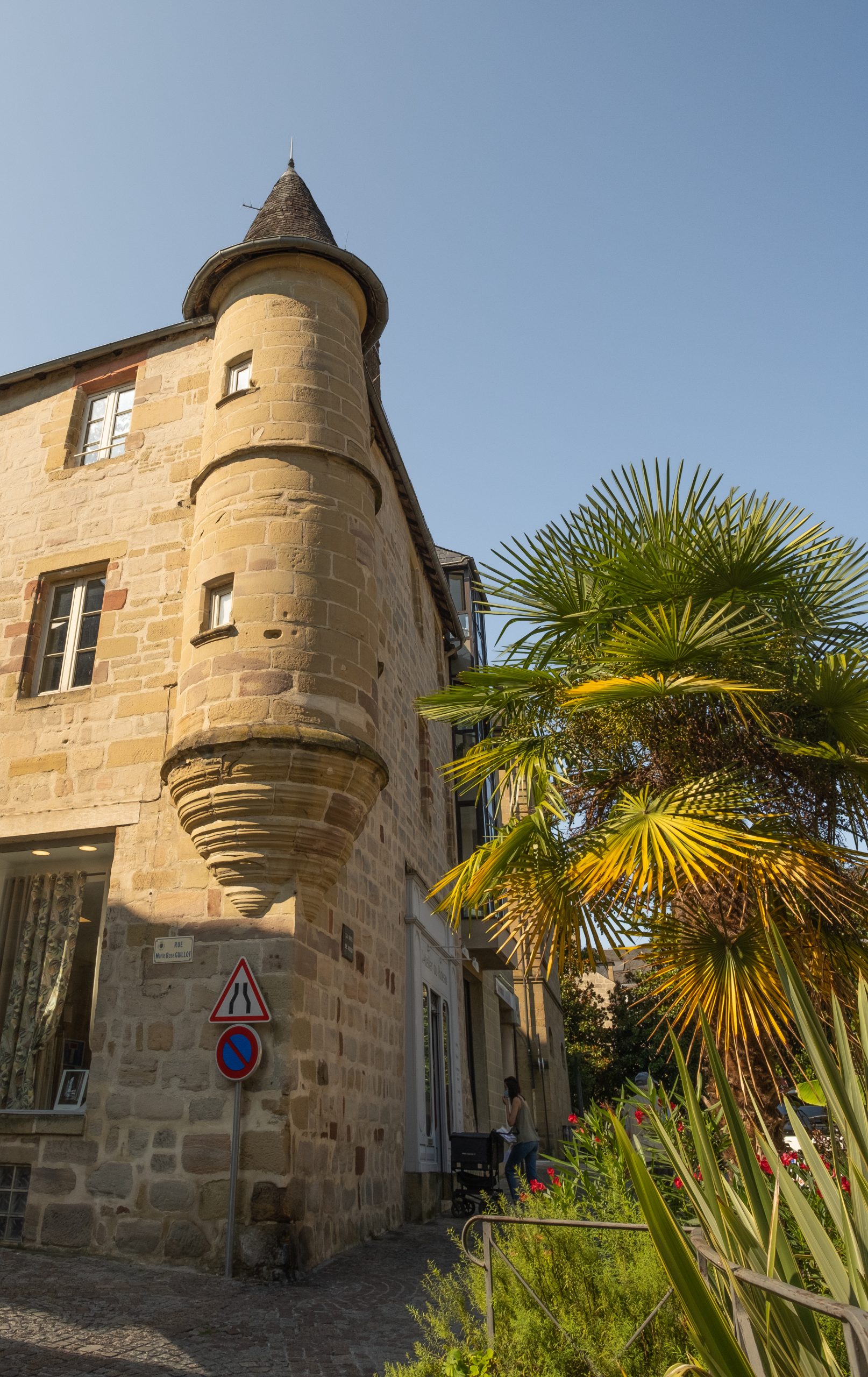
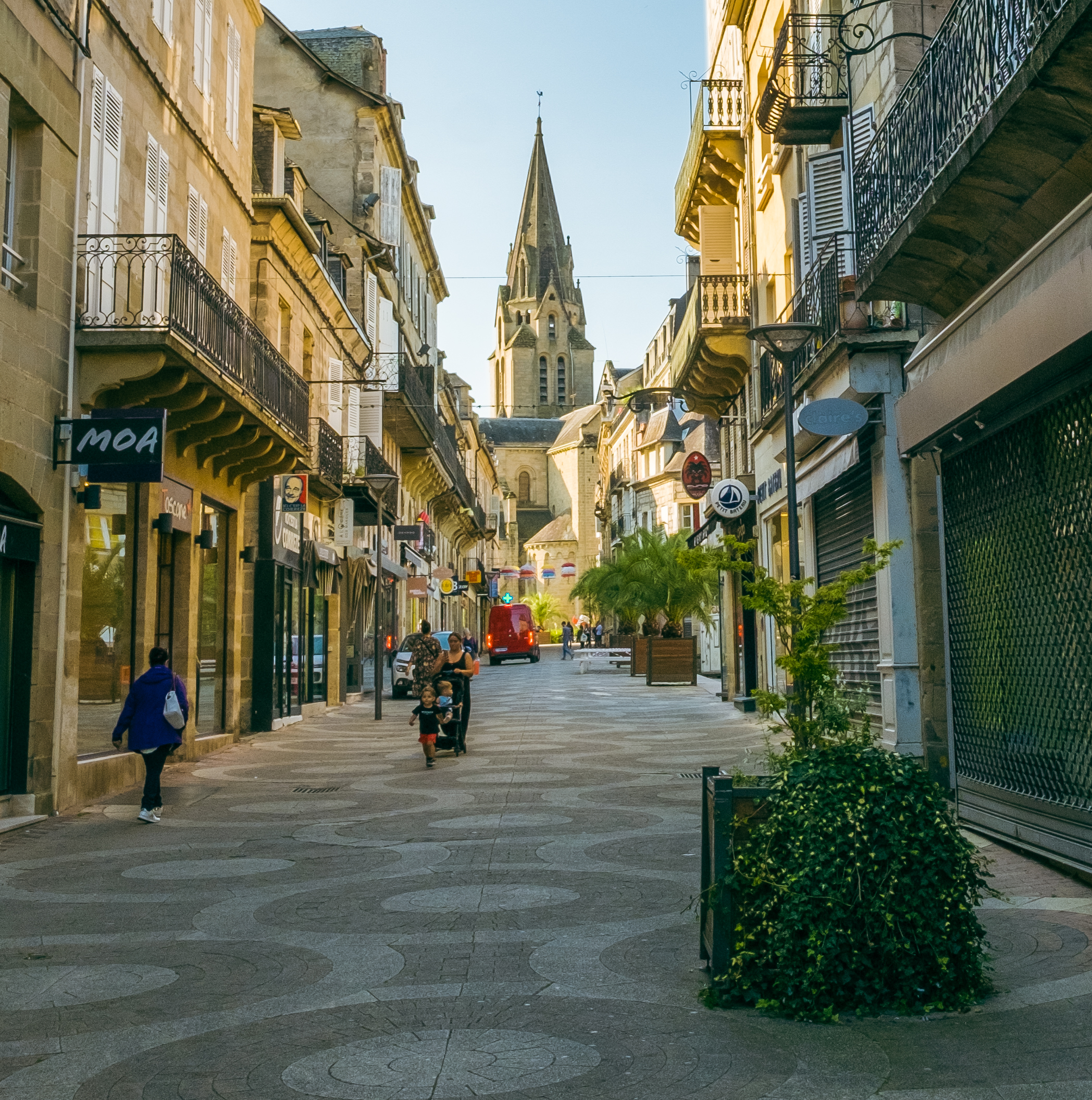
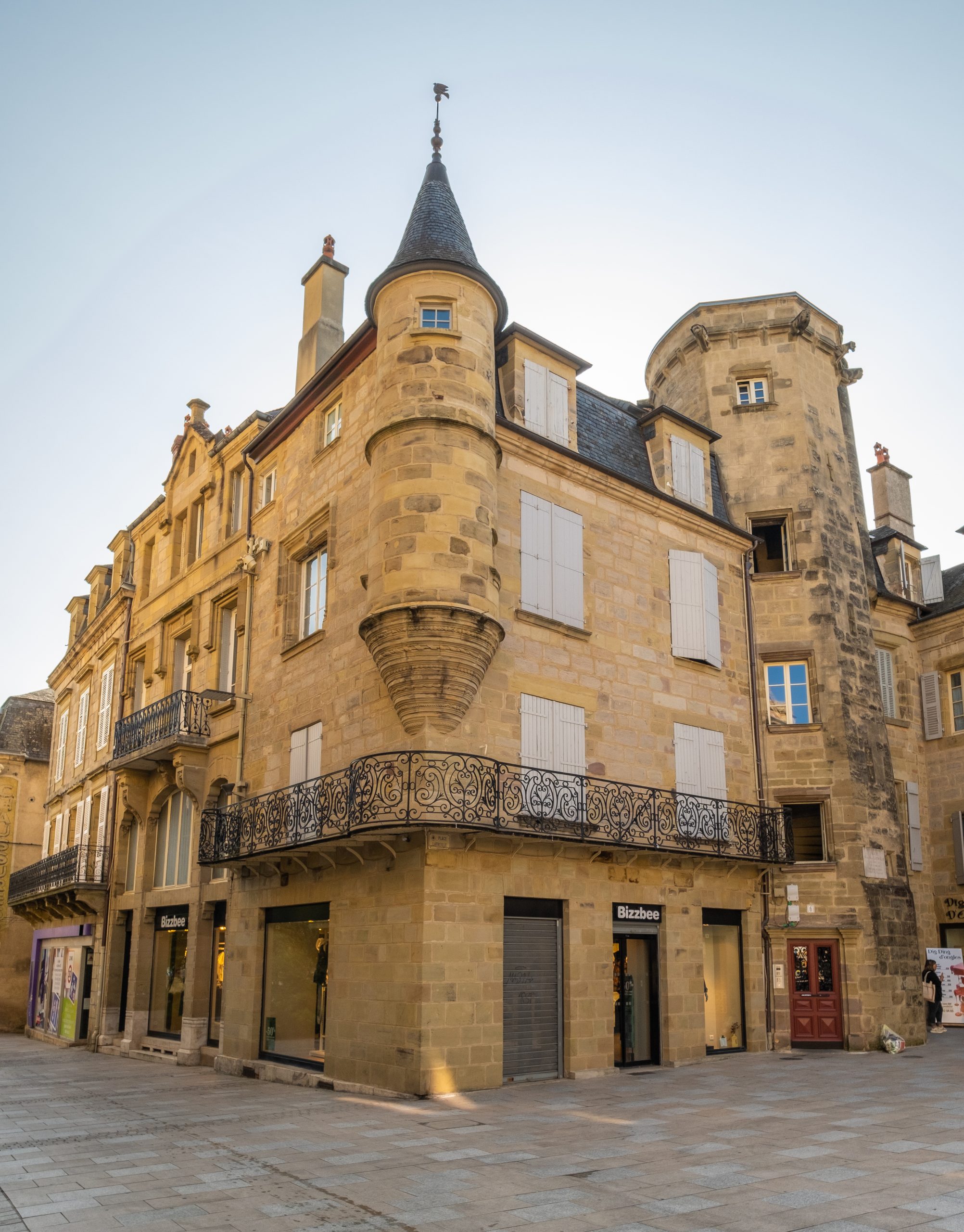
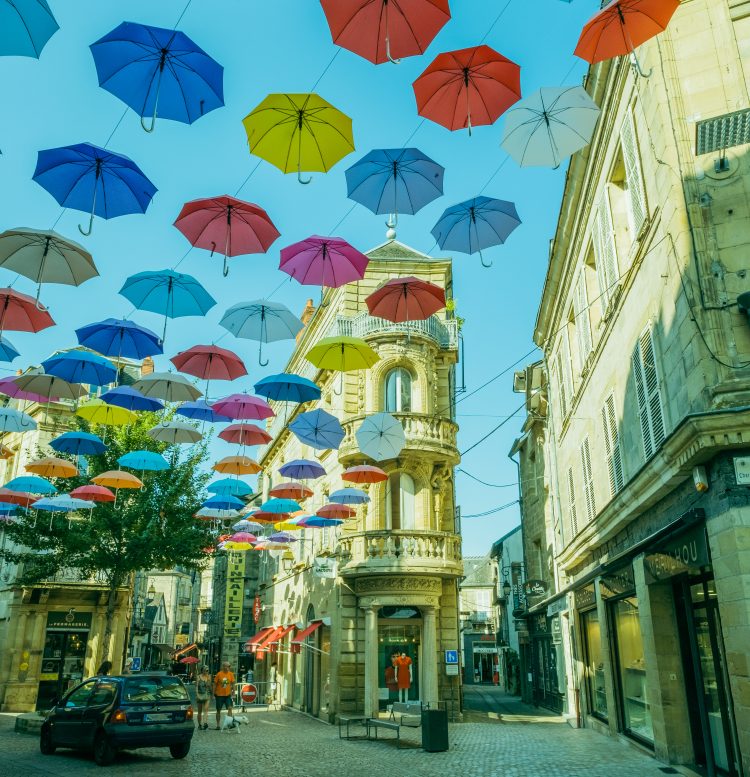

Another intricately-researched and interesting trip around the region. Thanks!